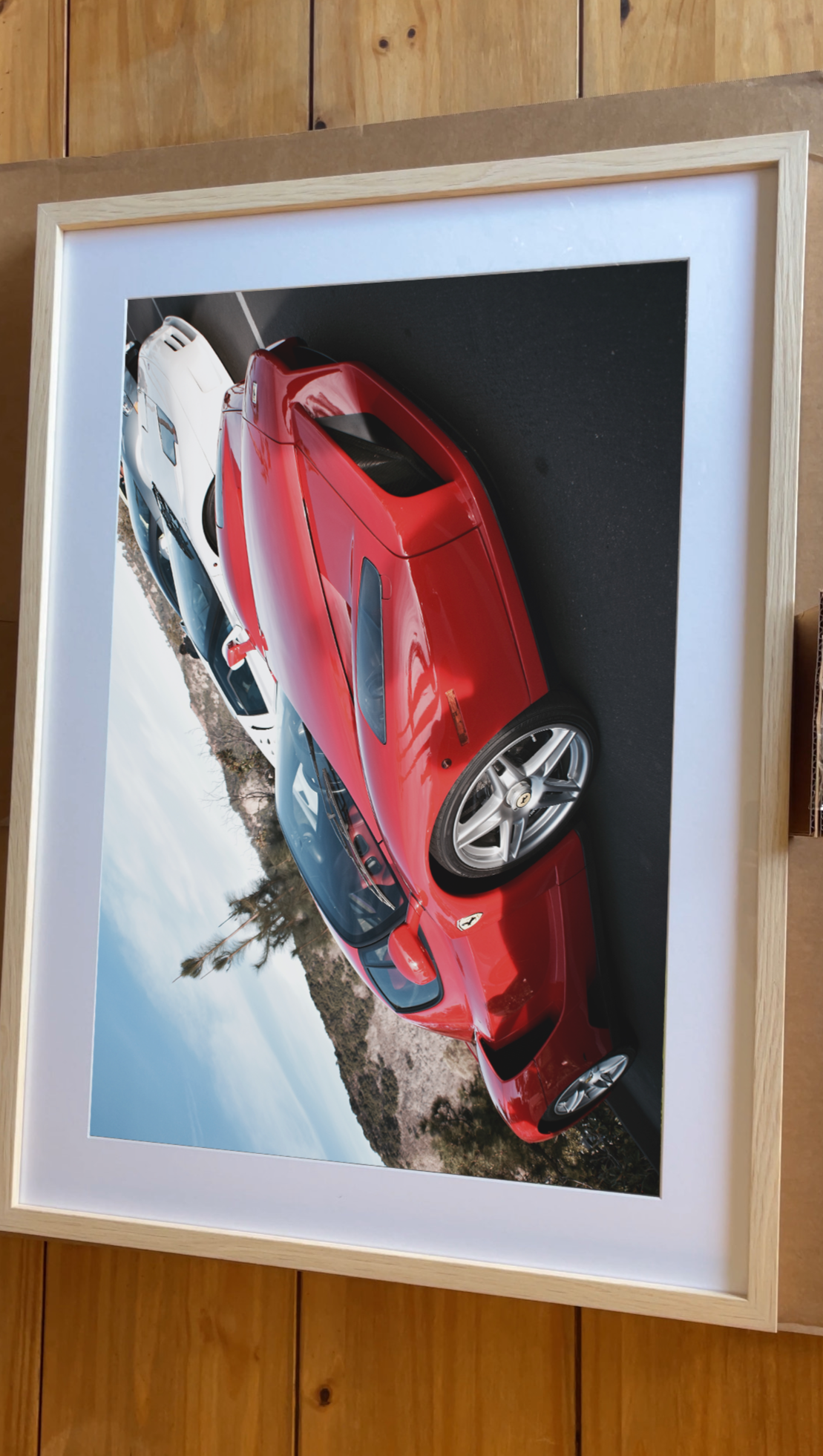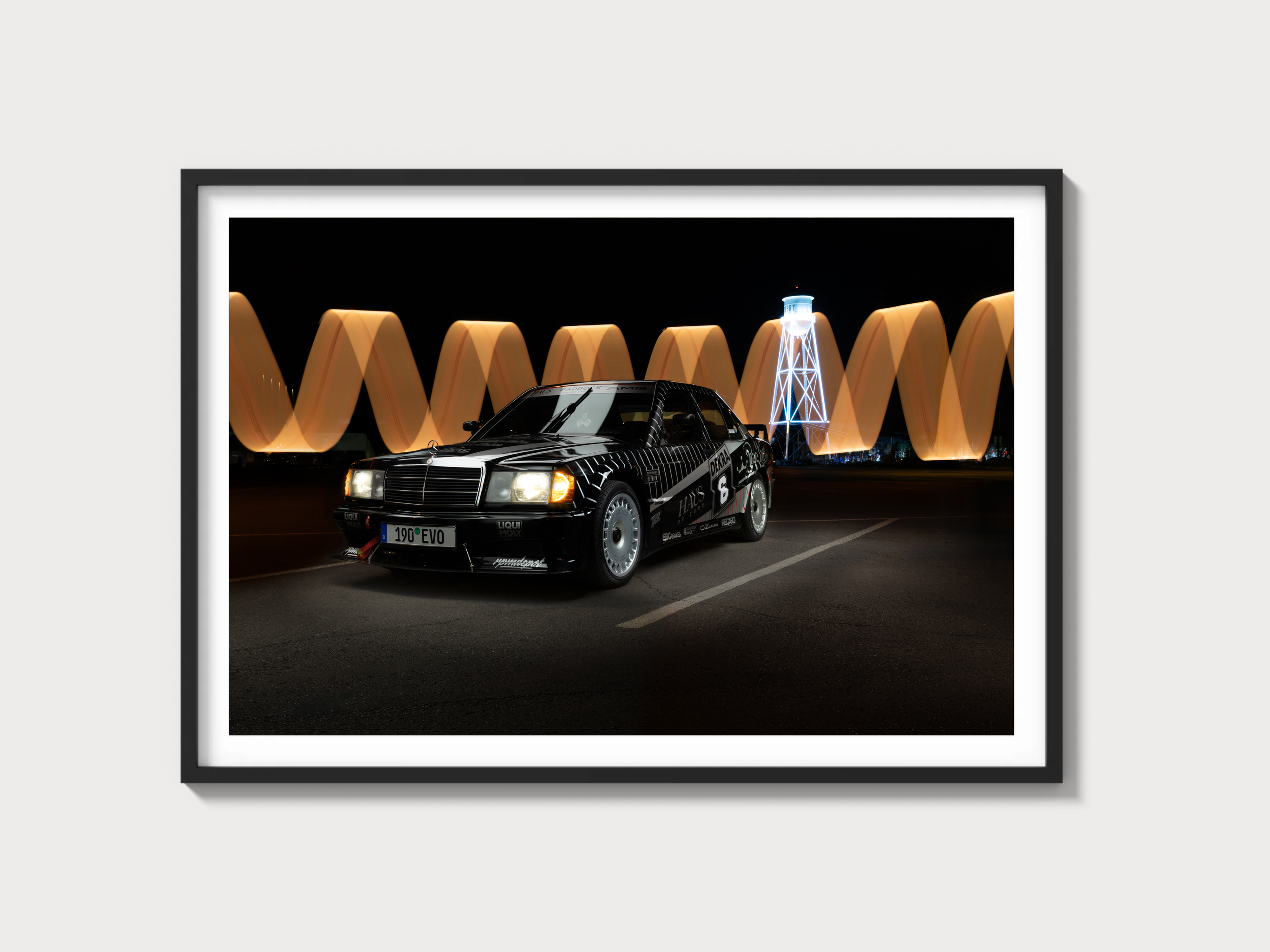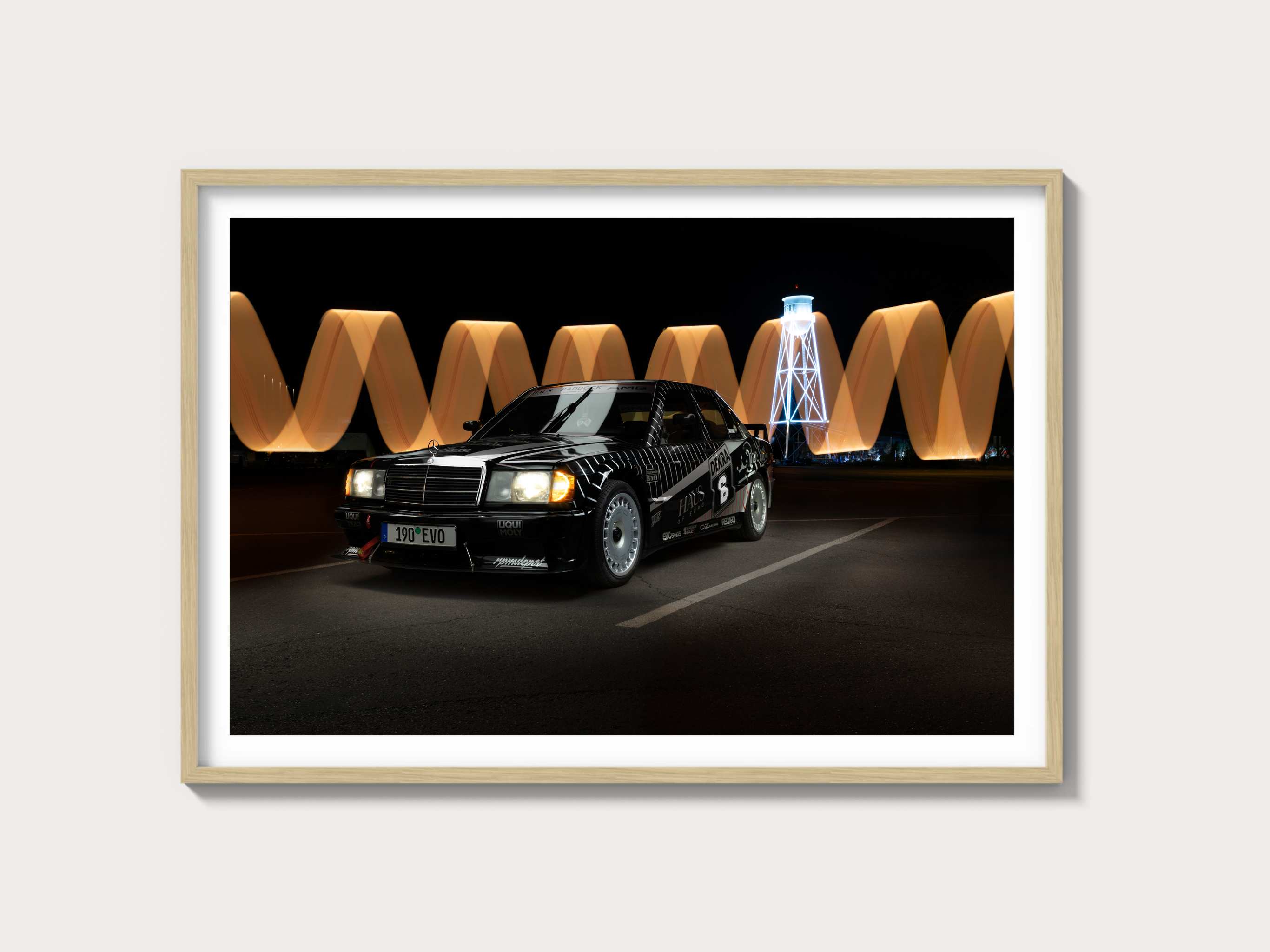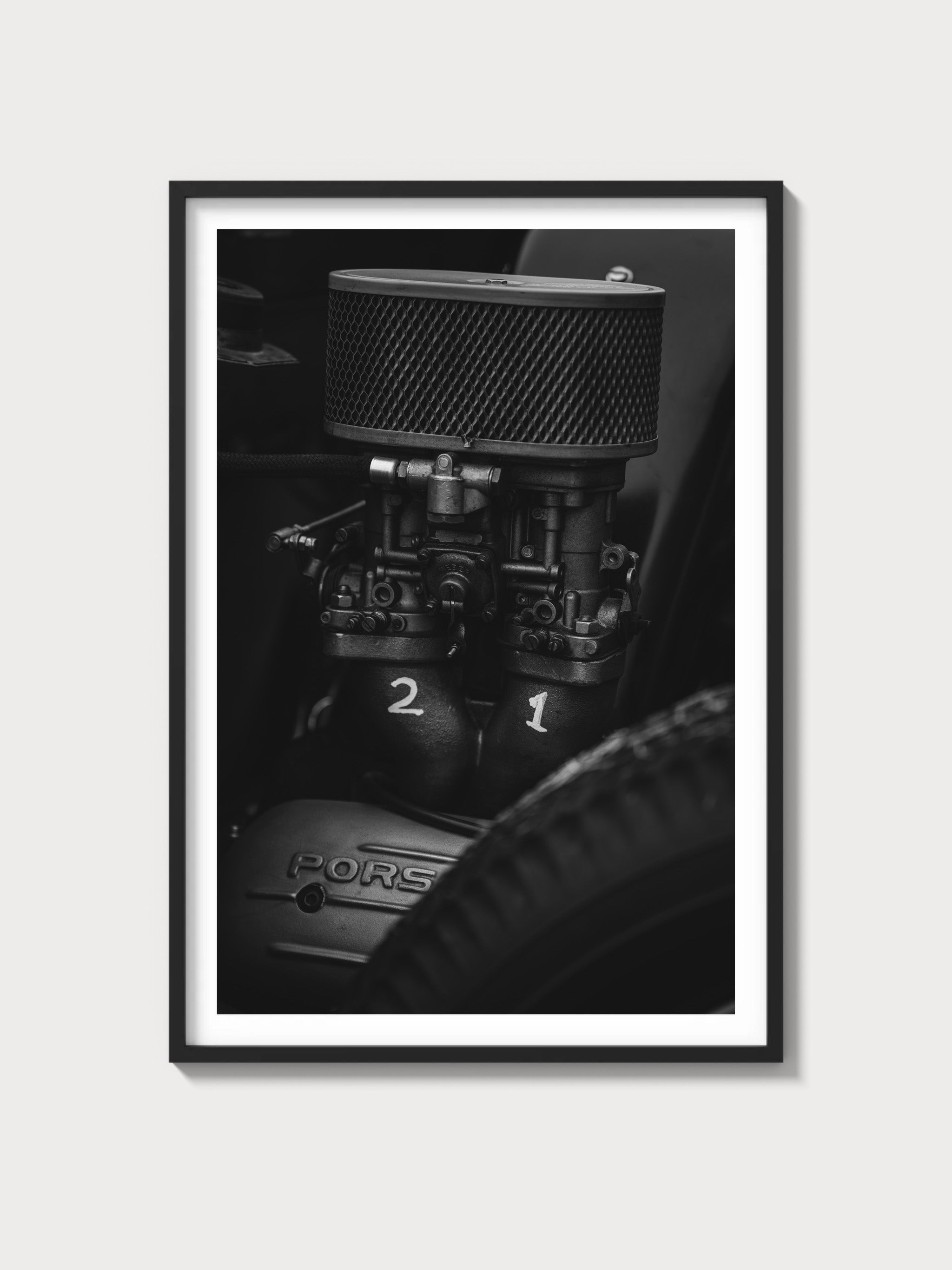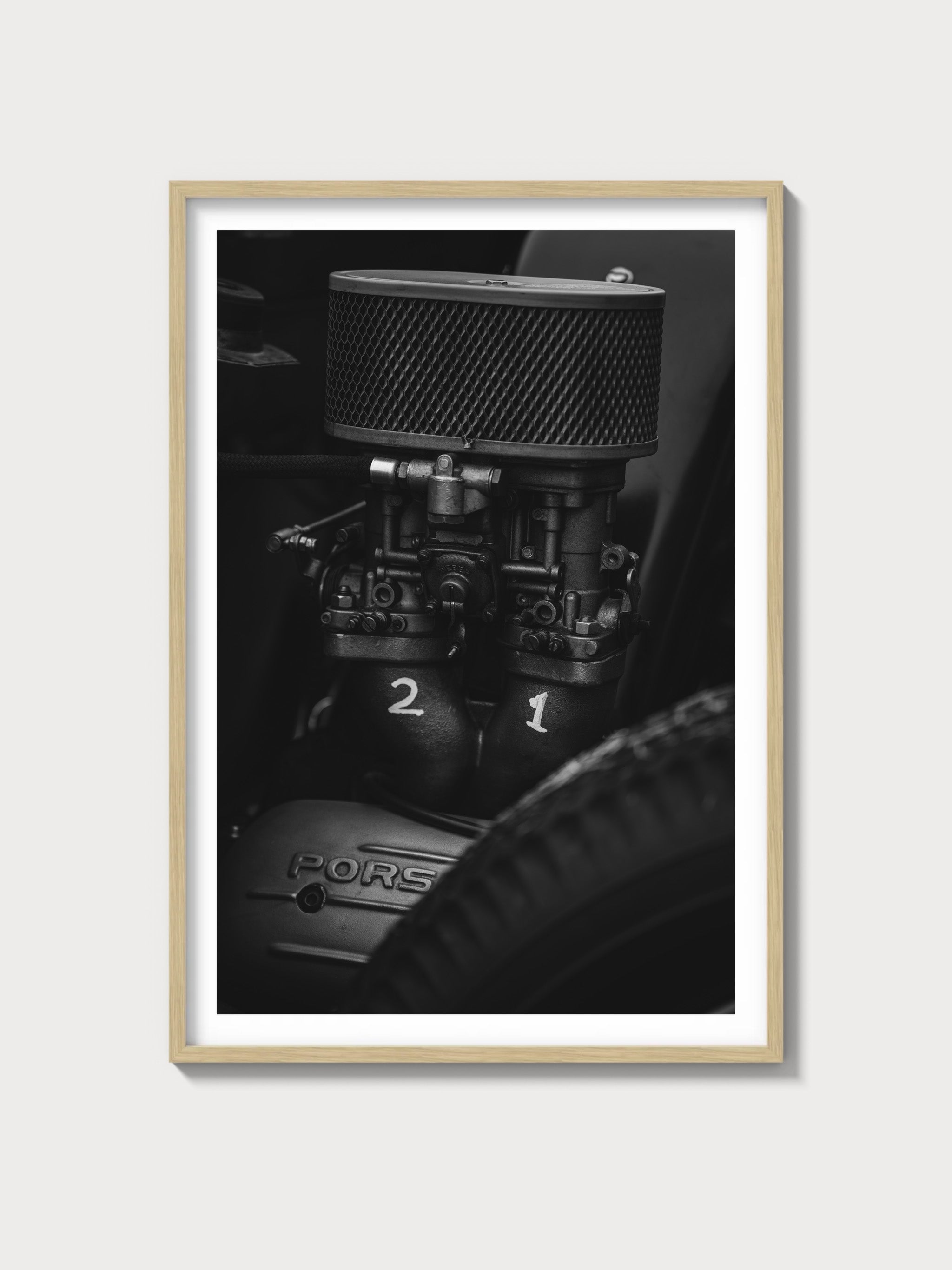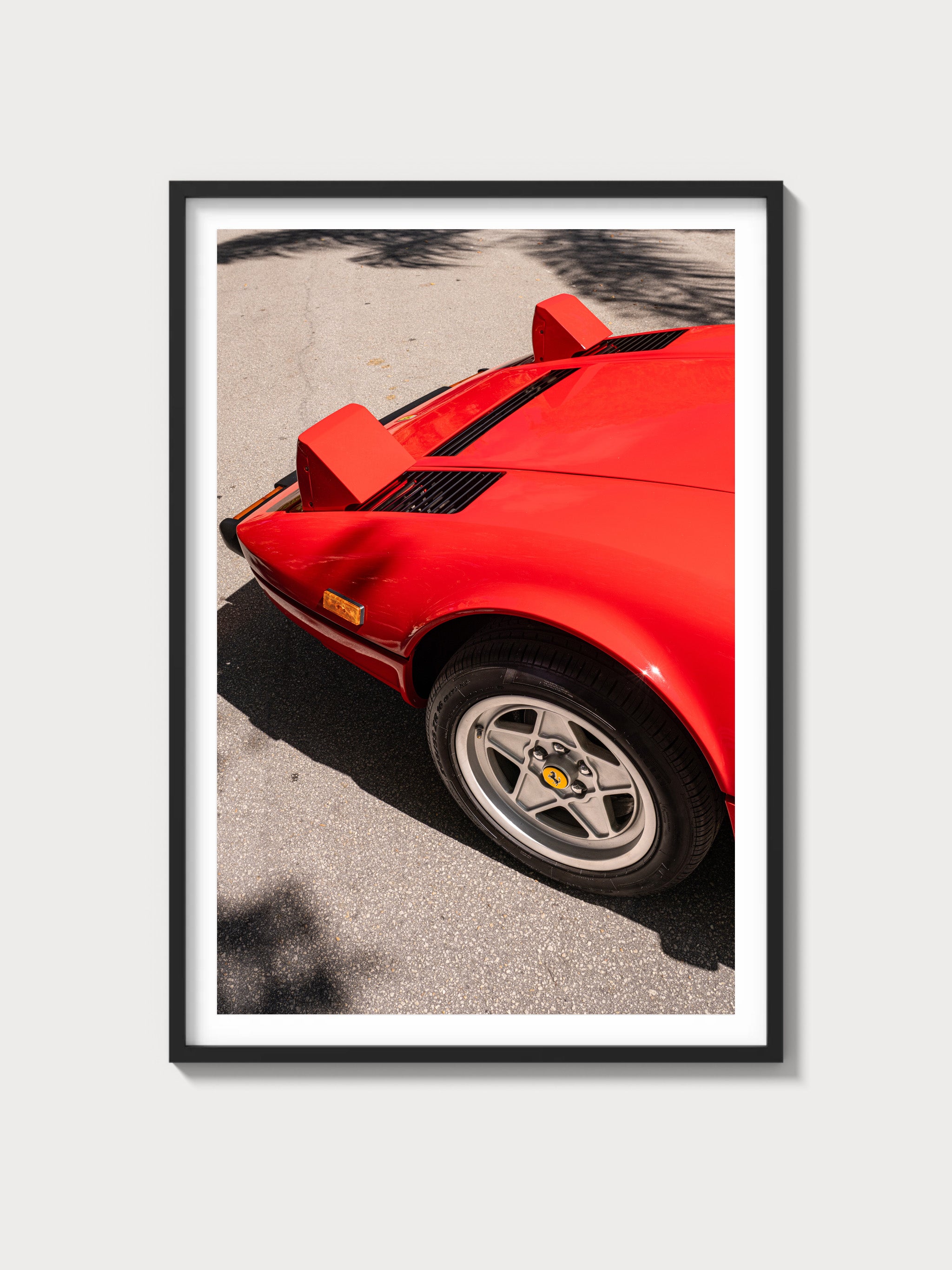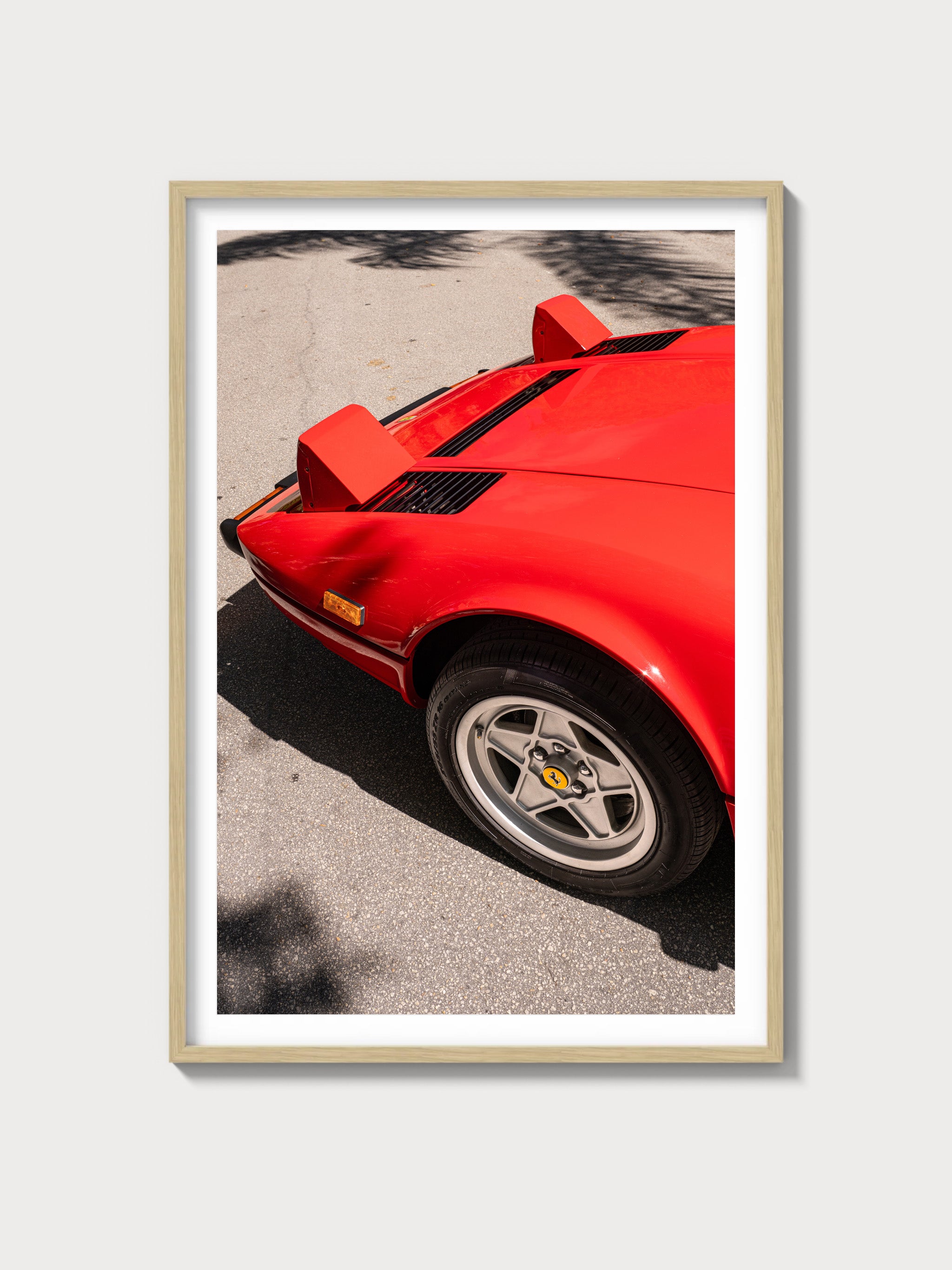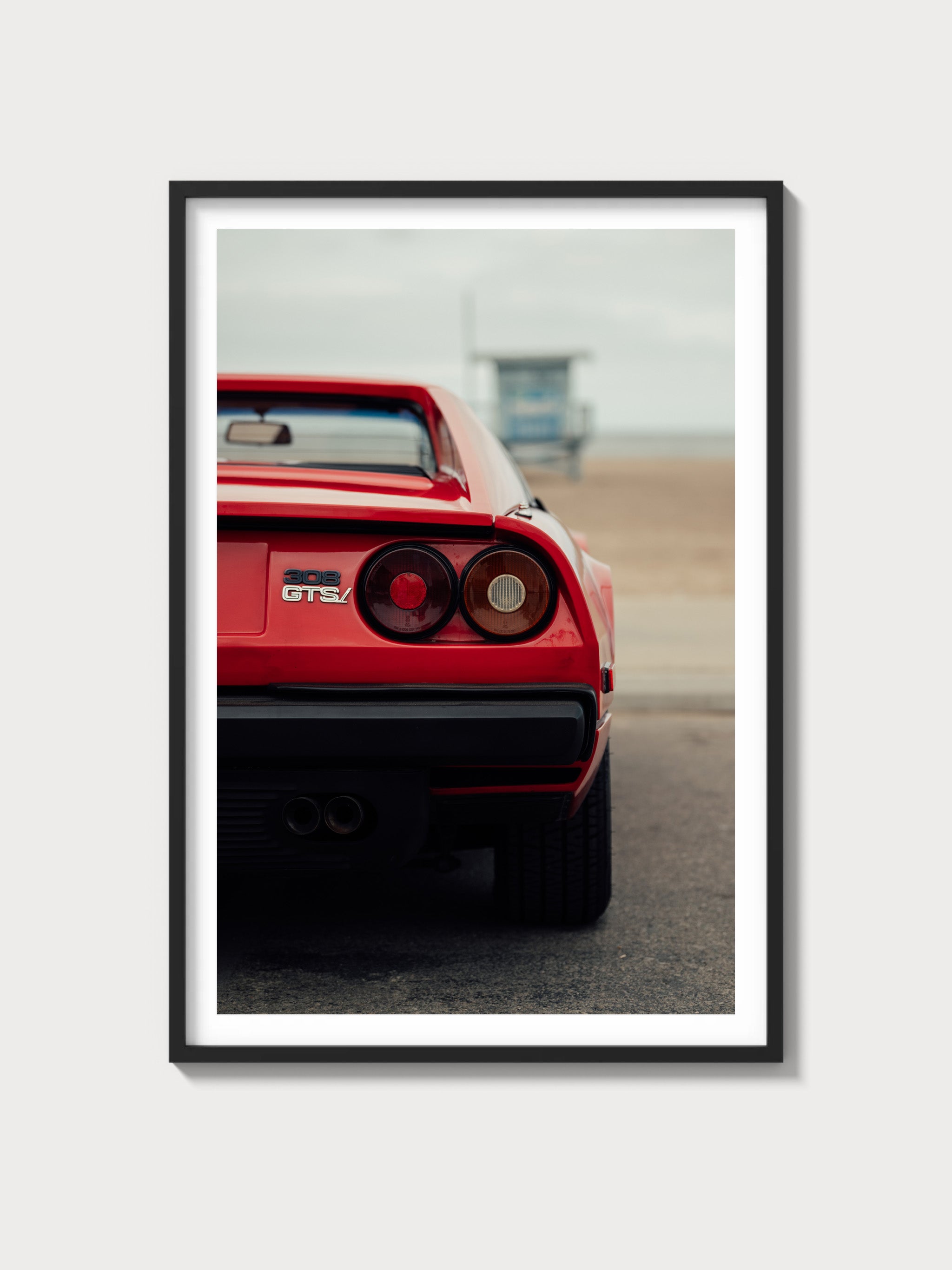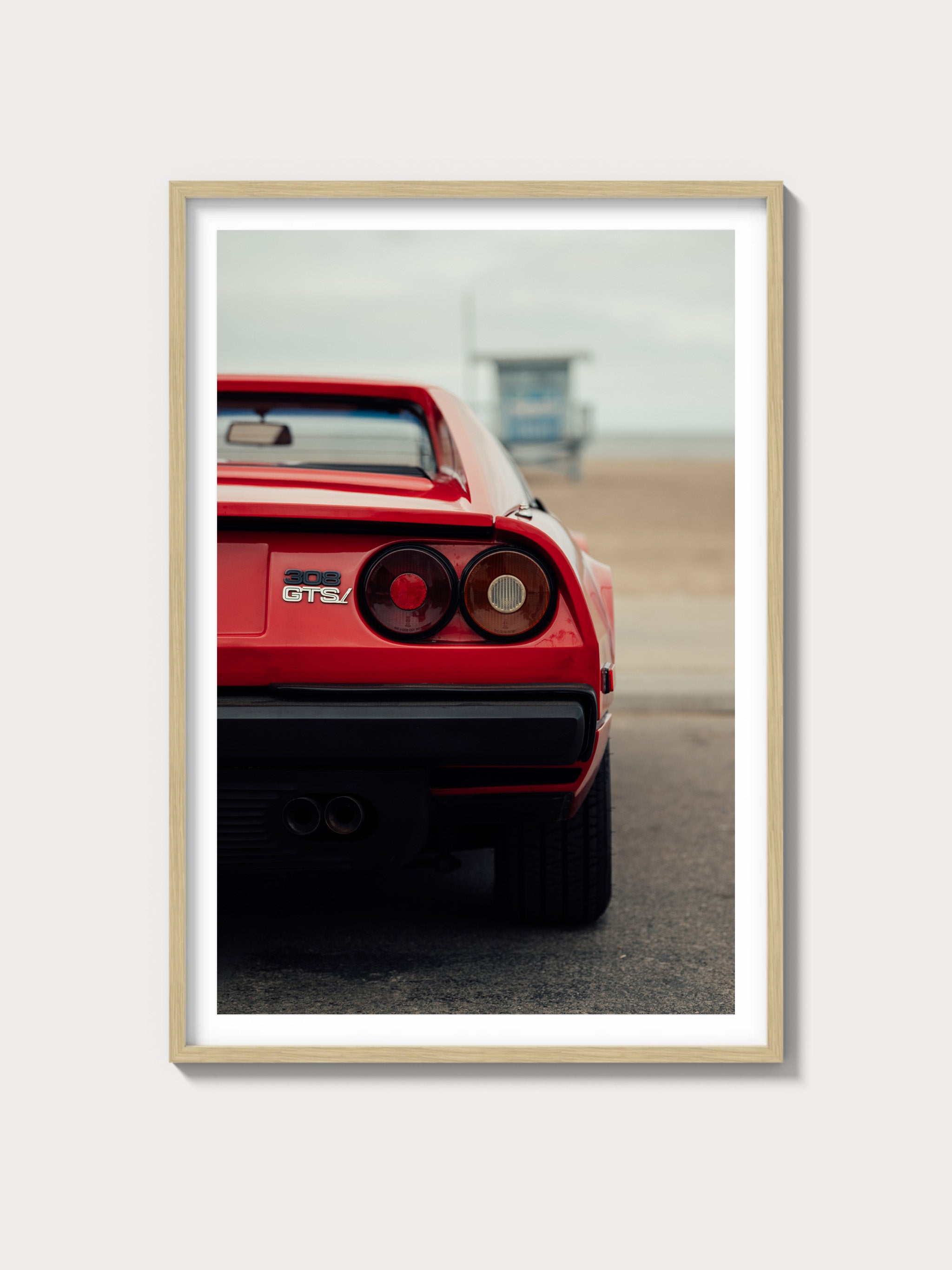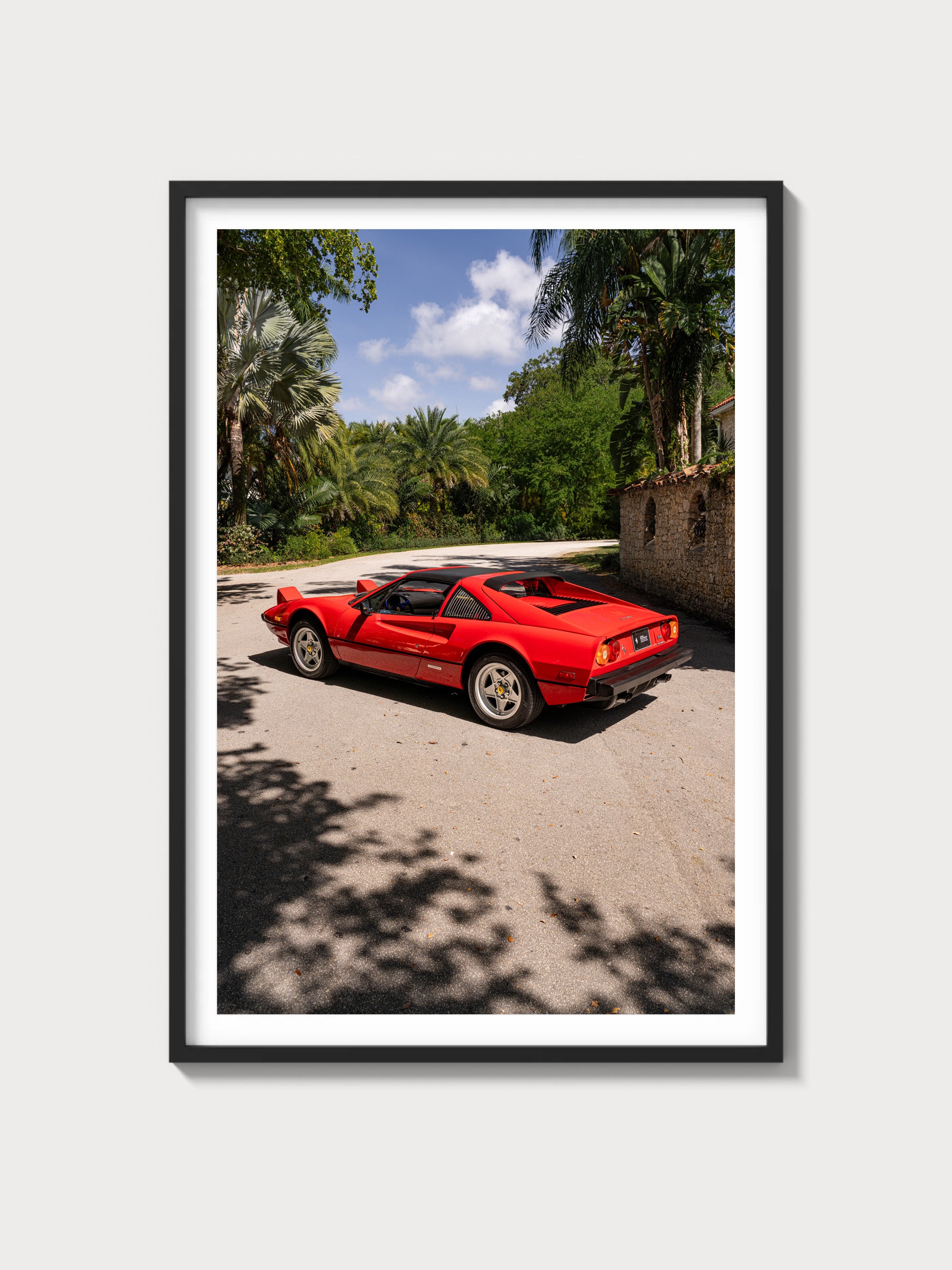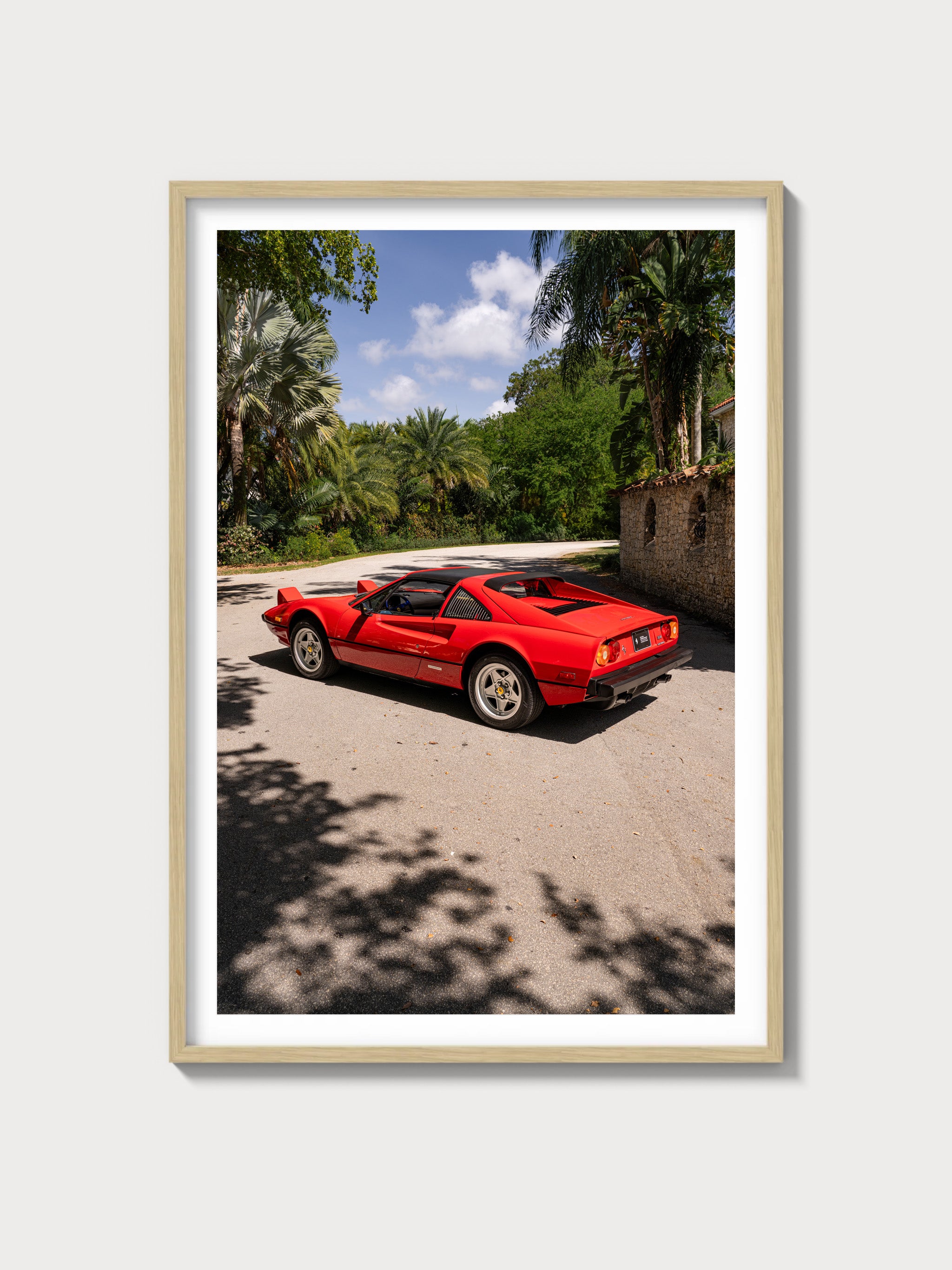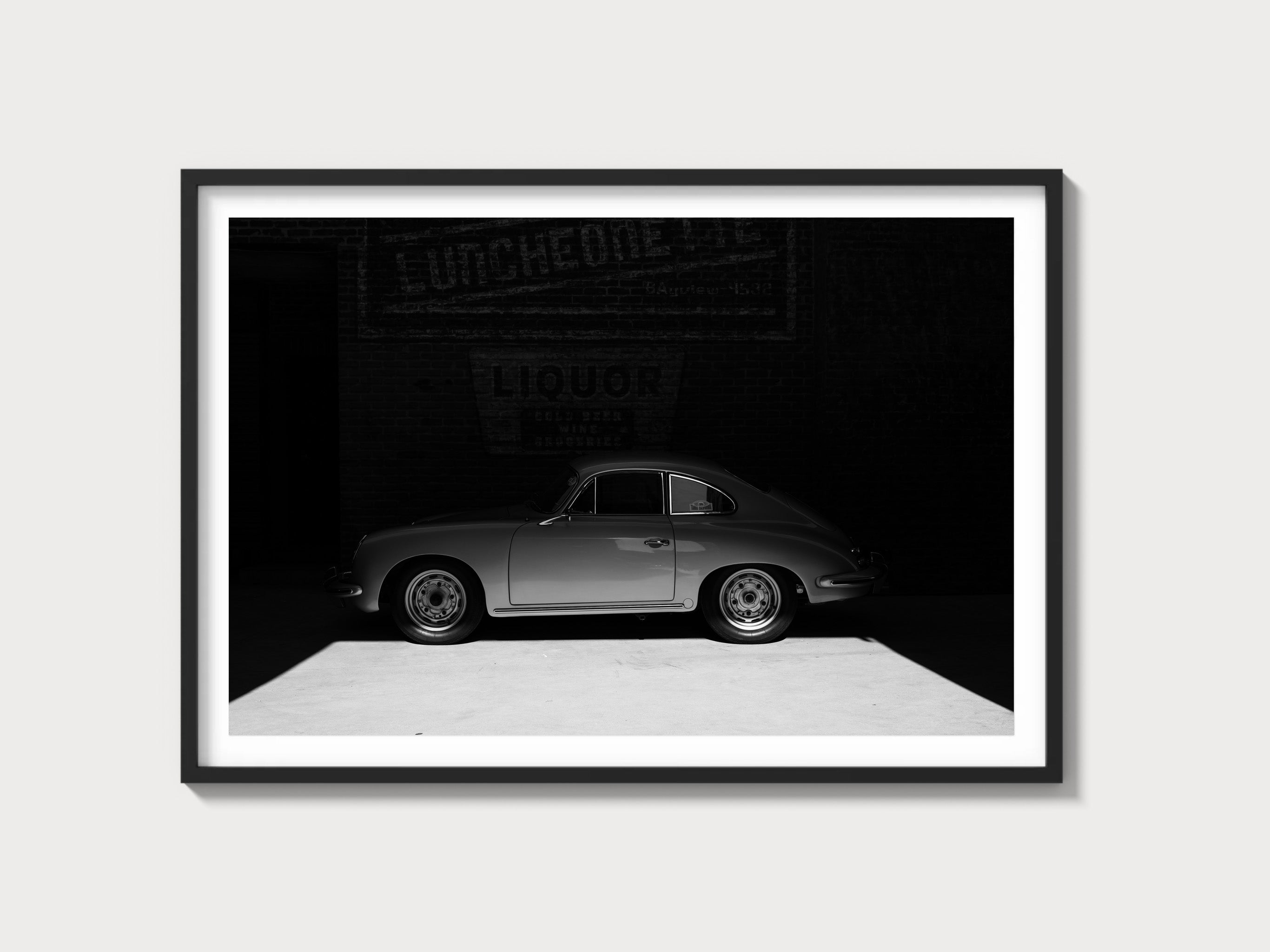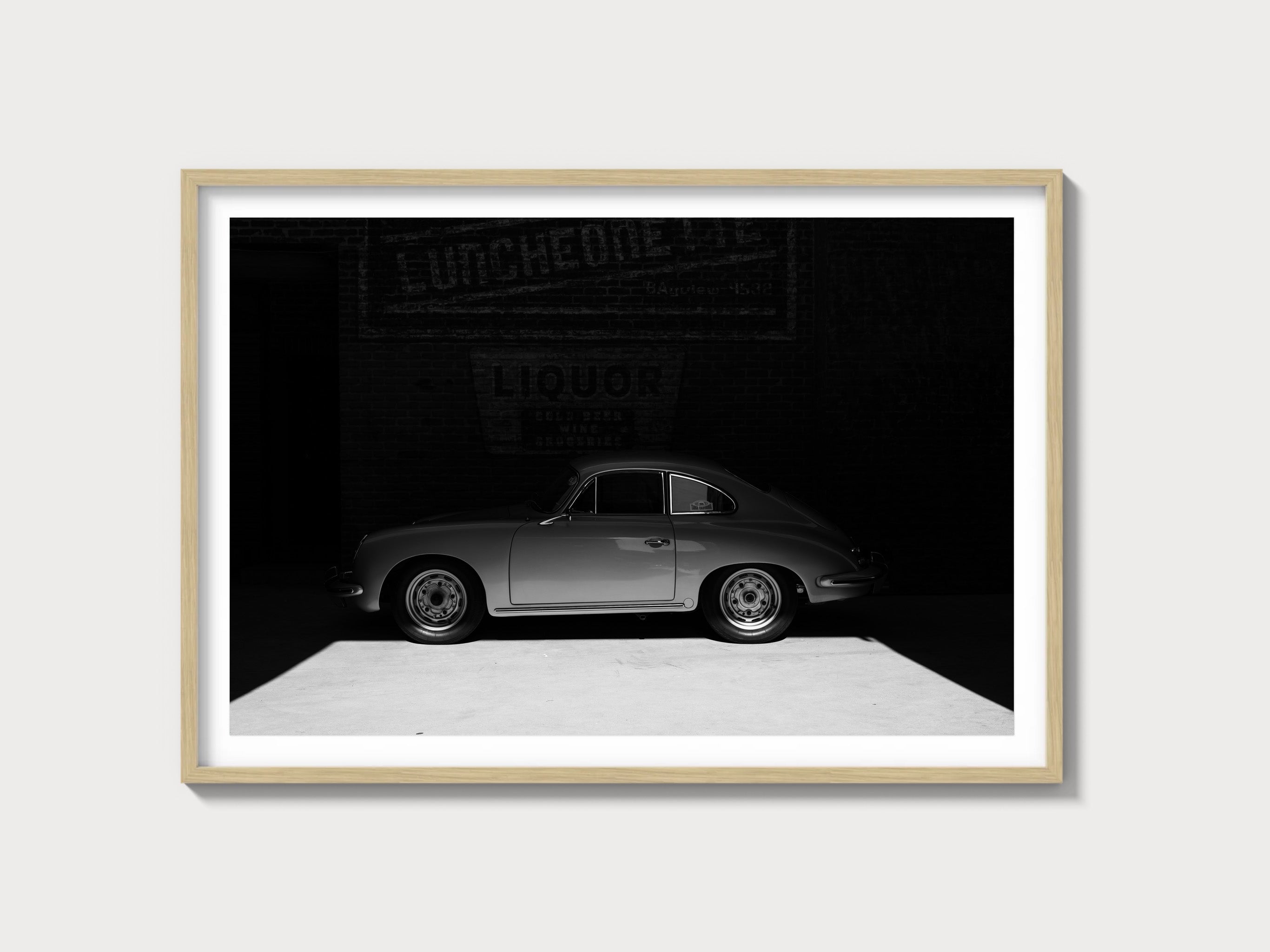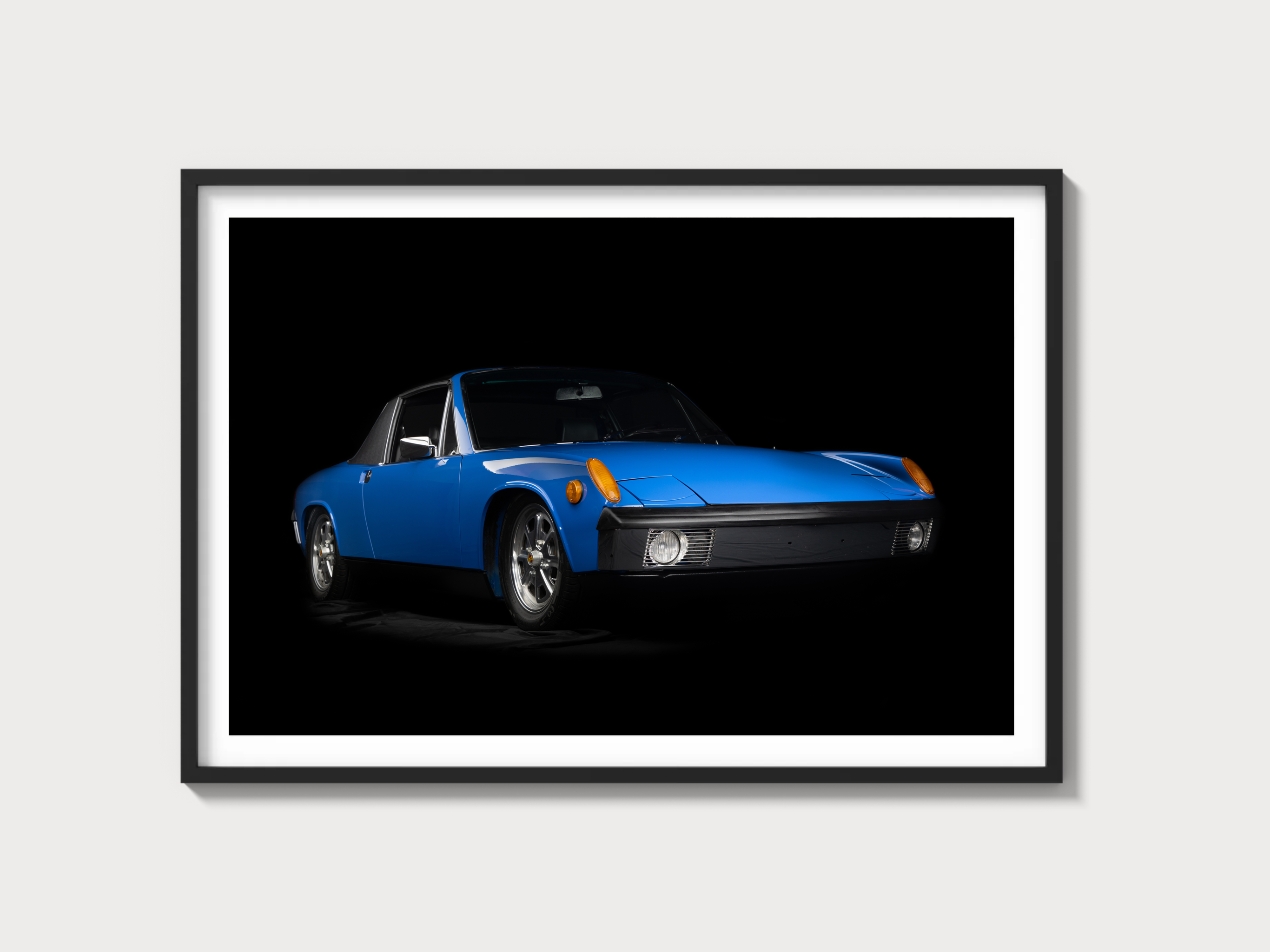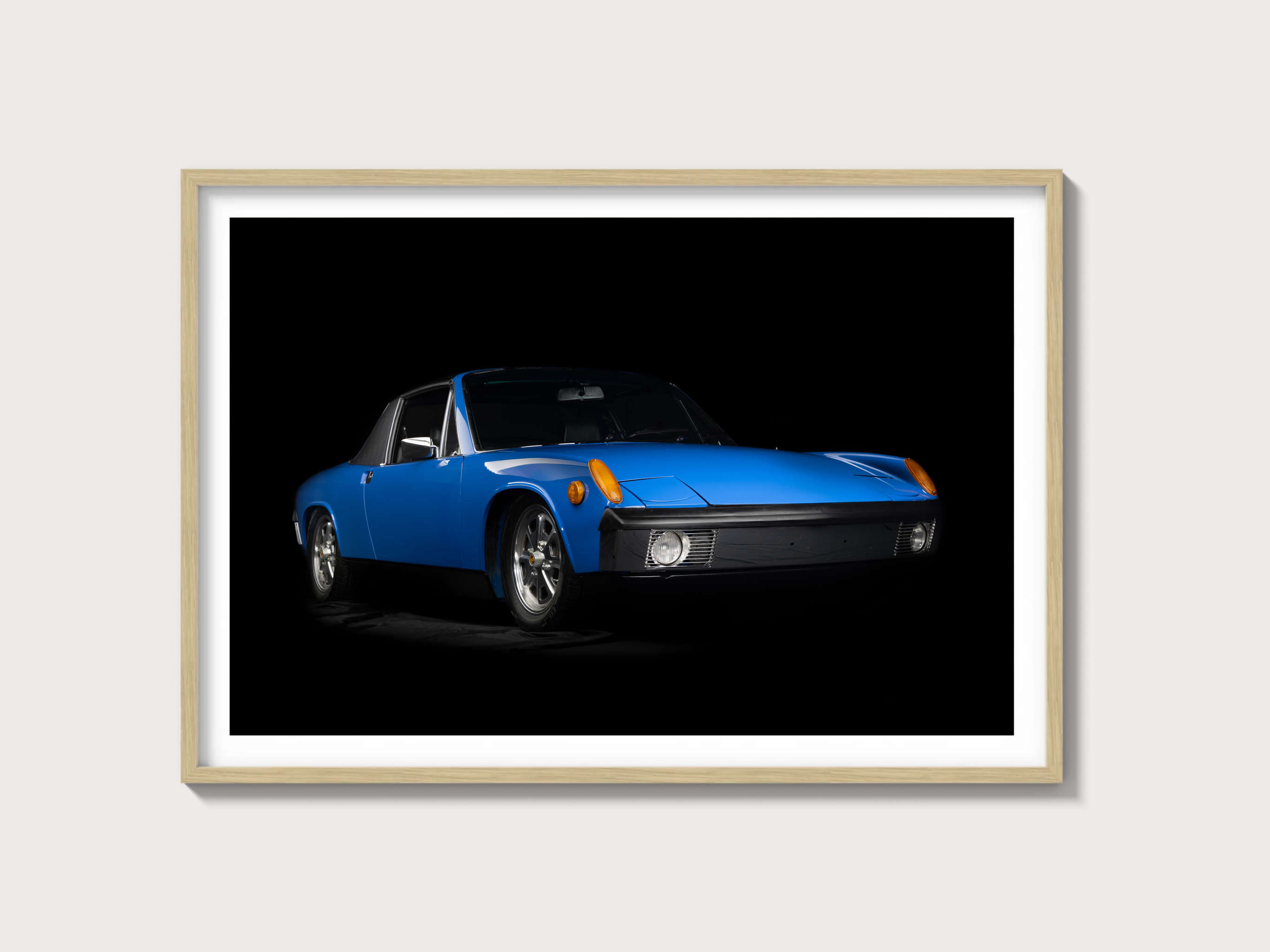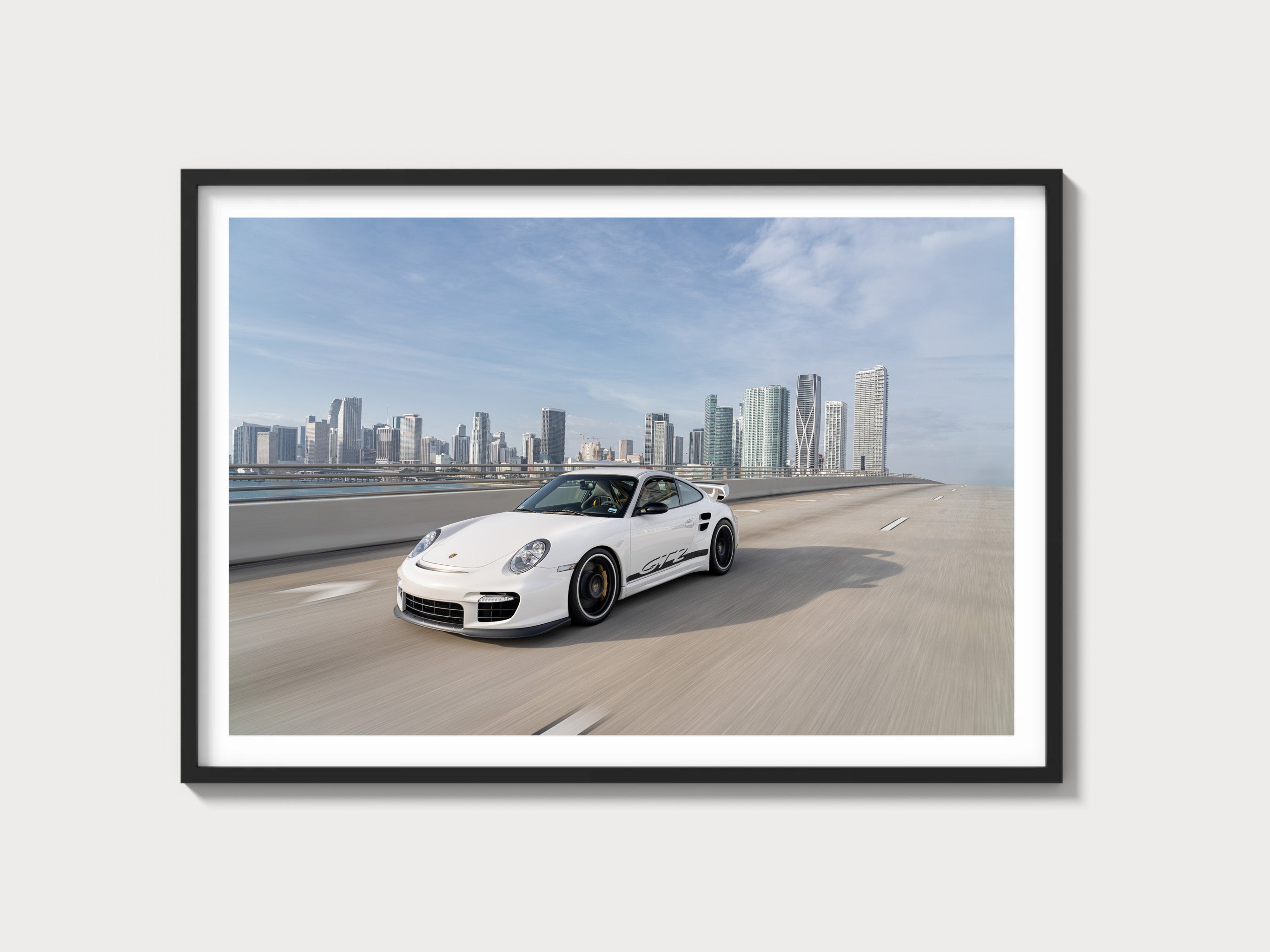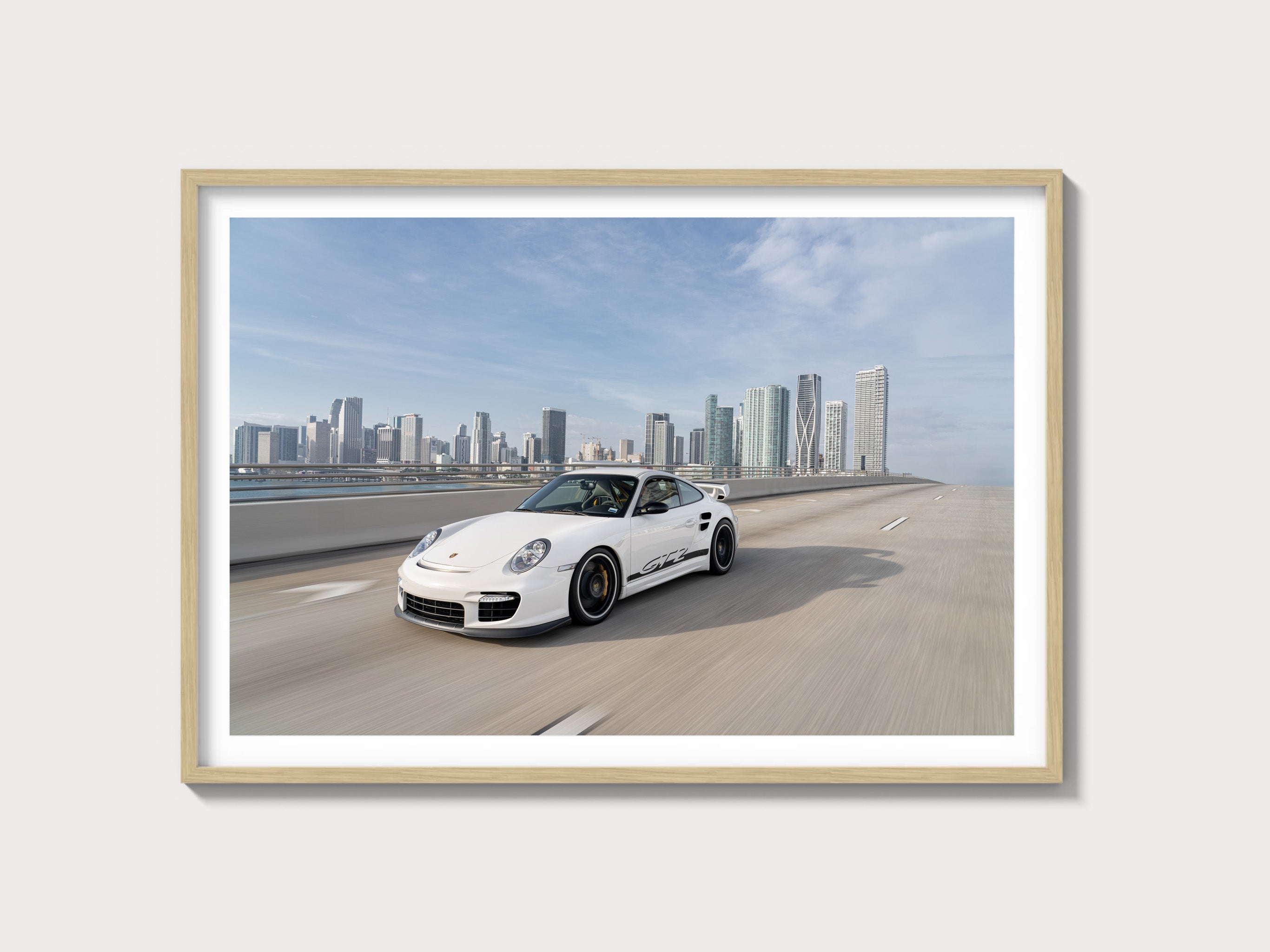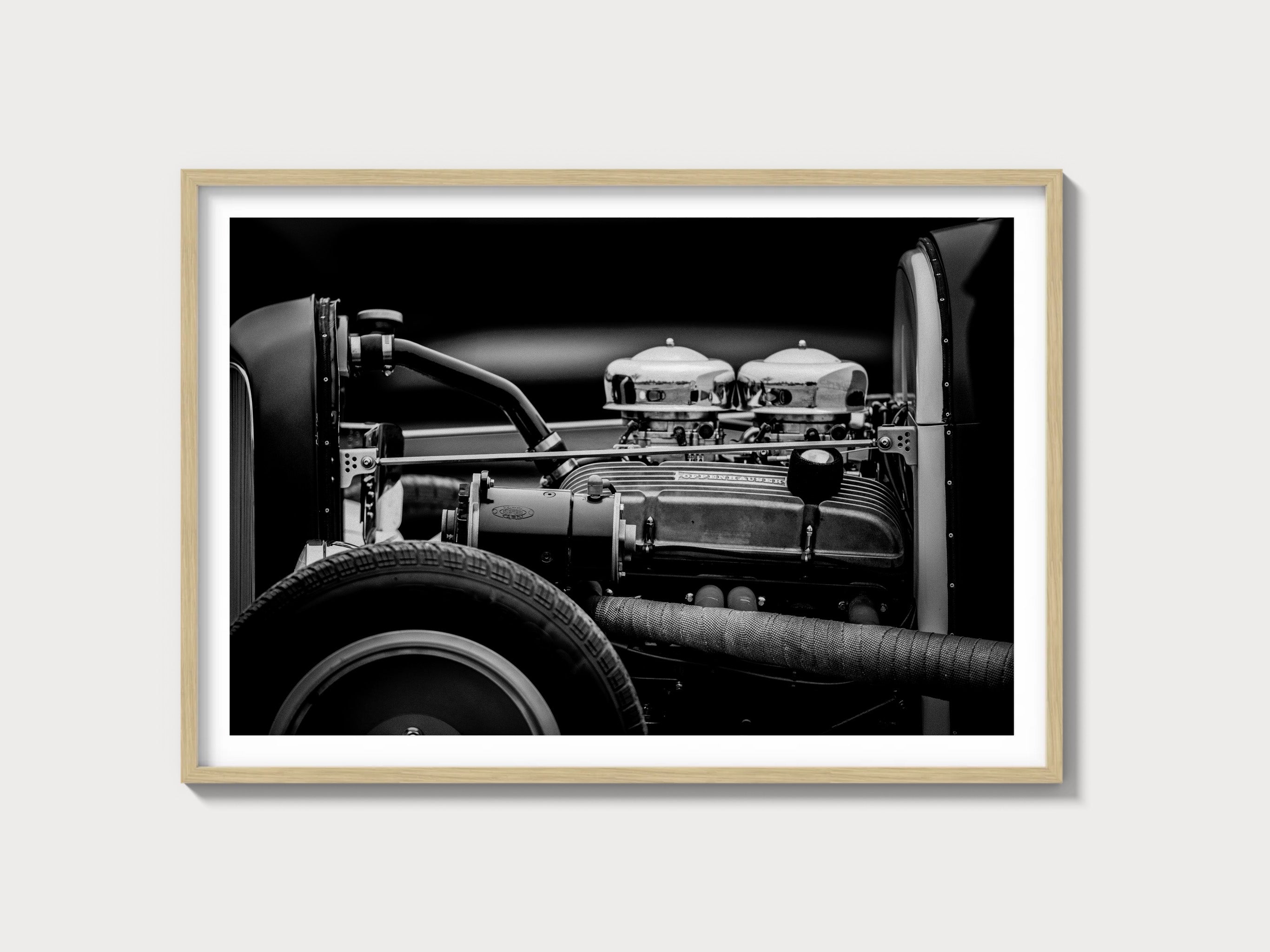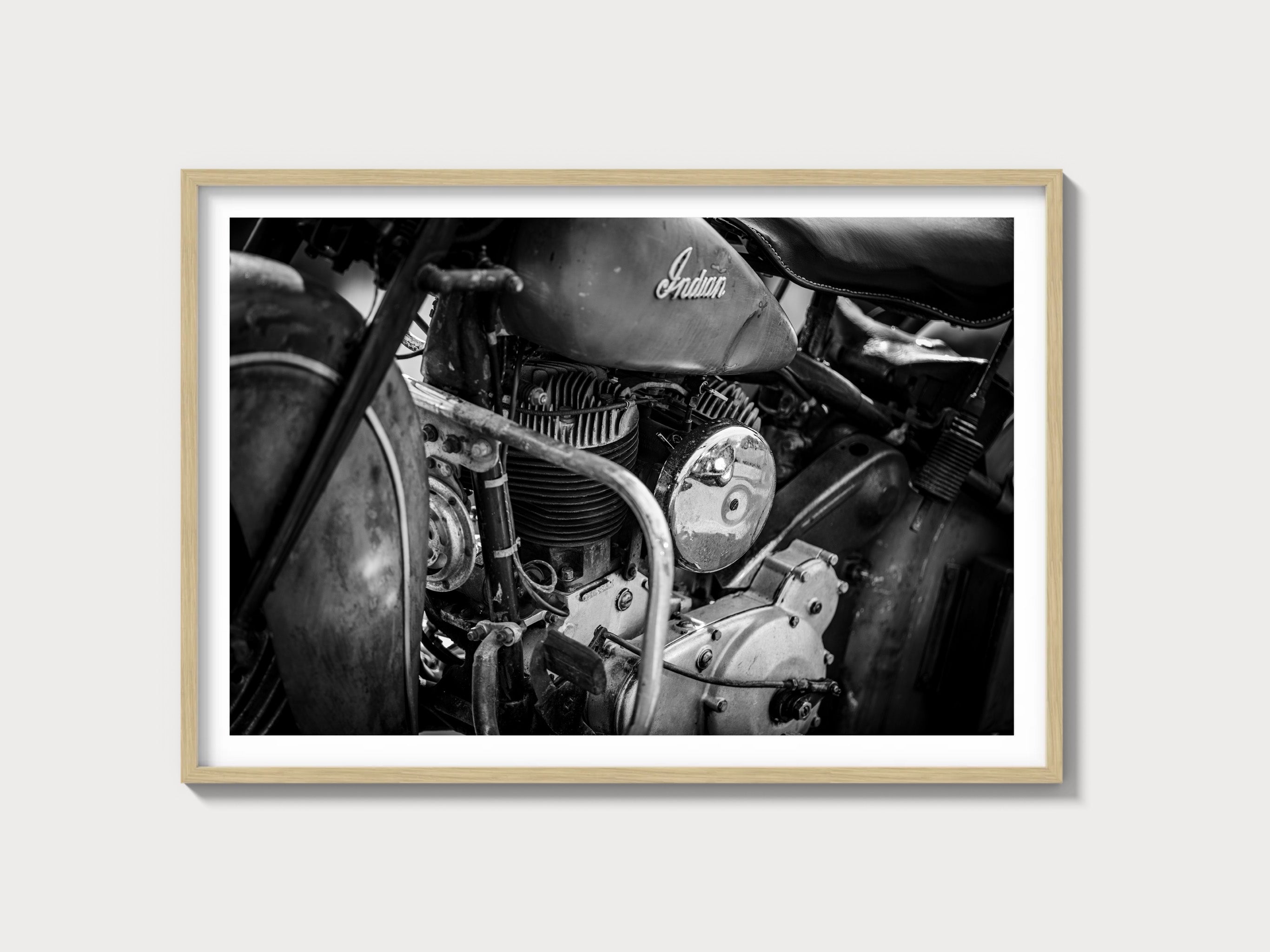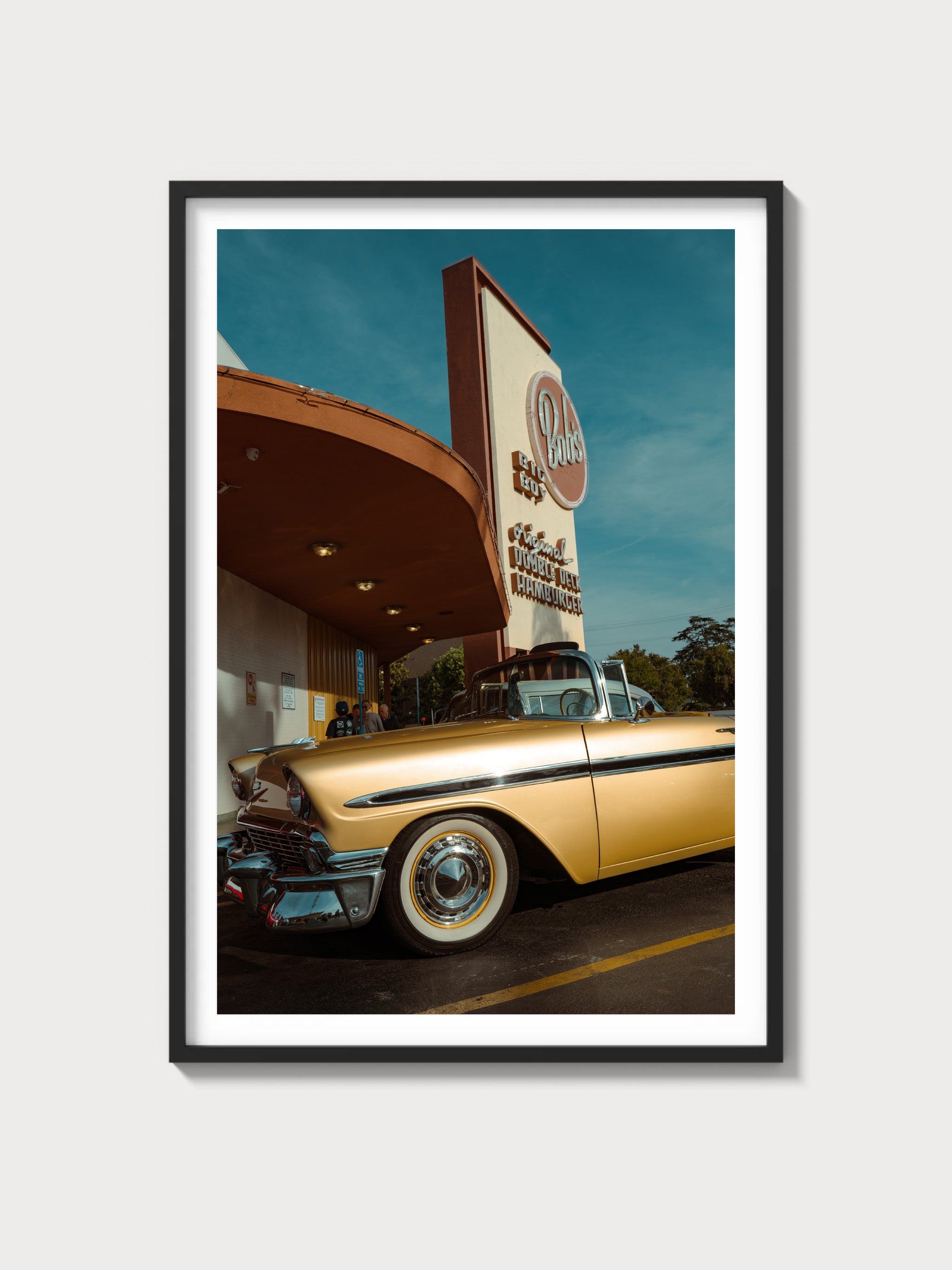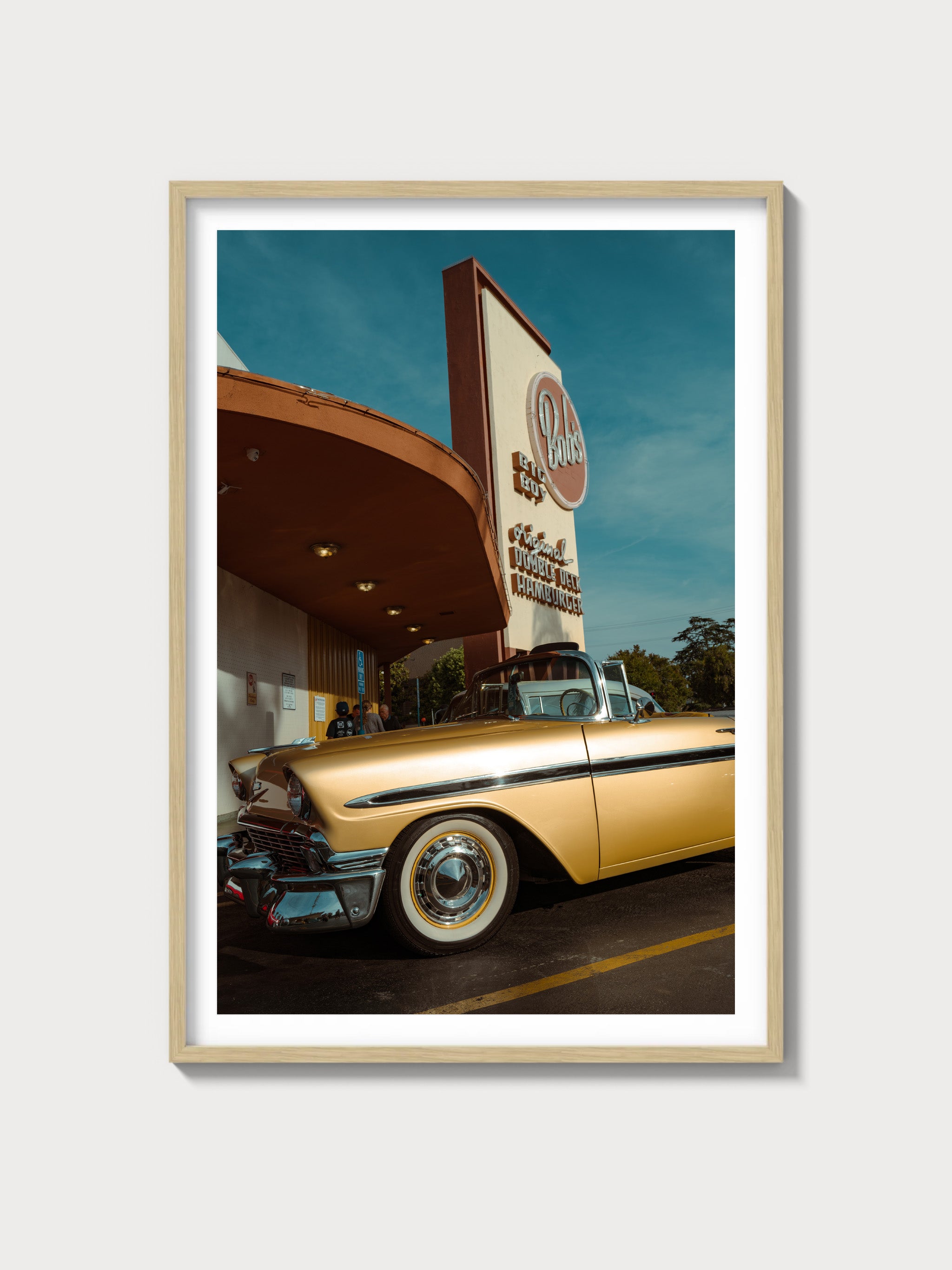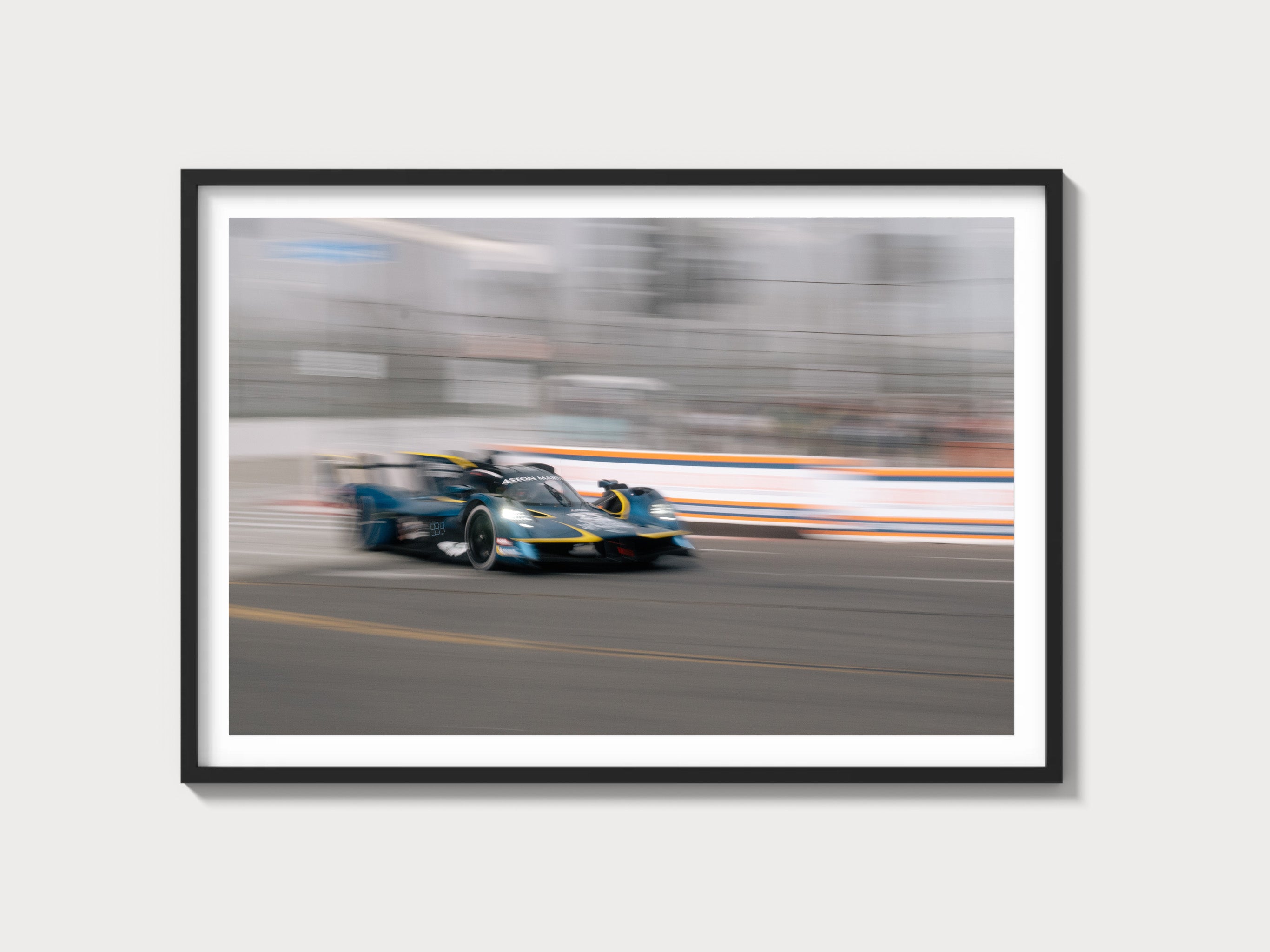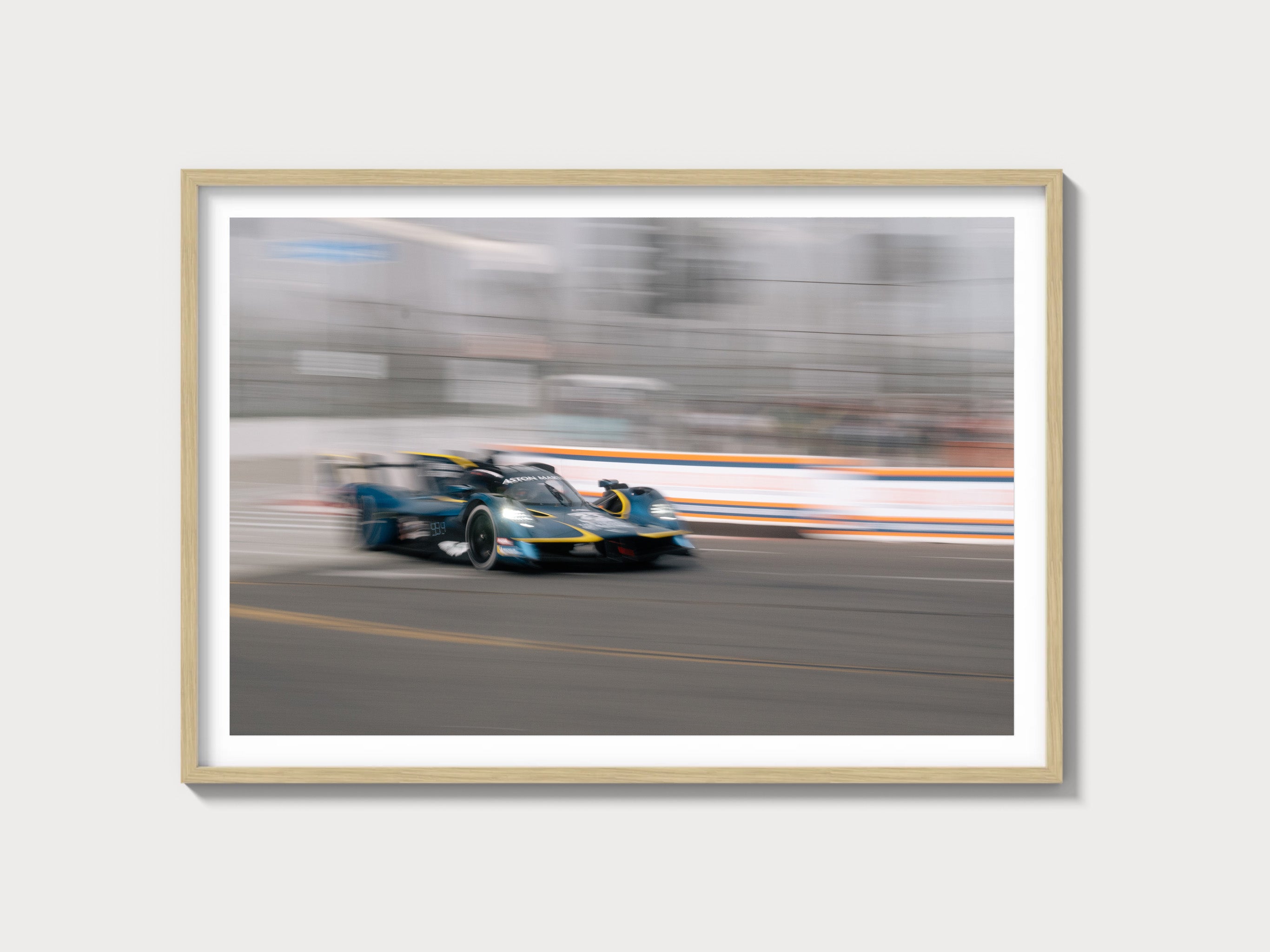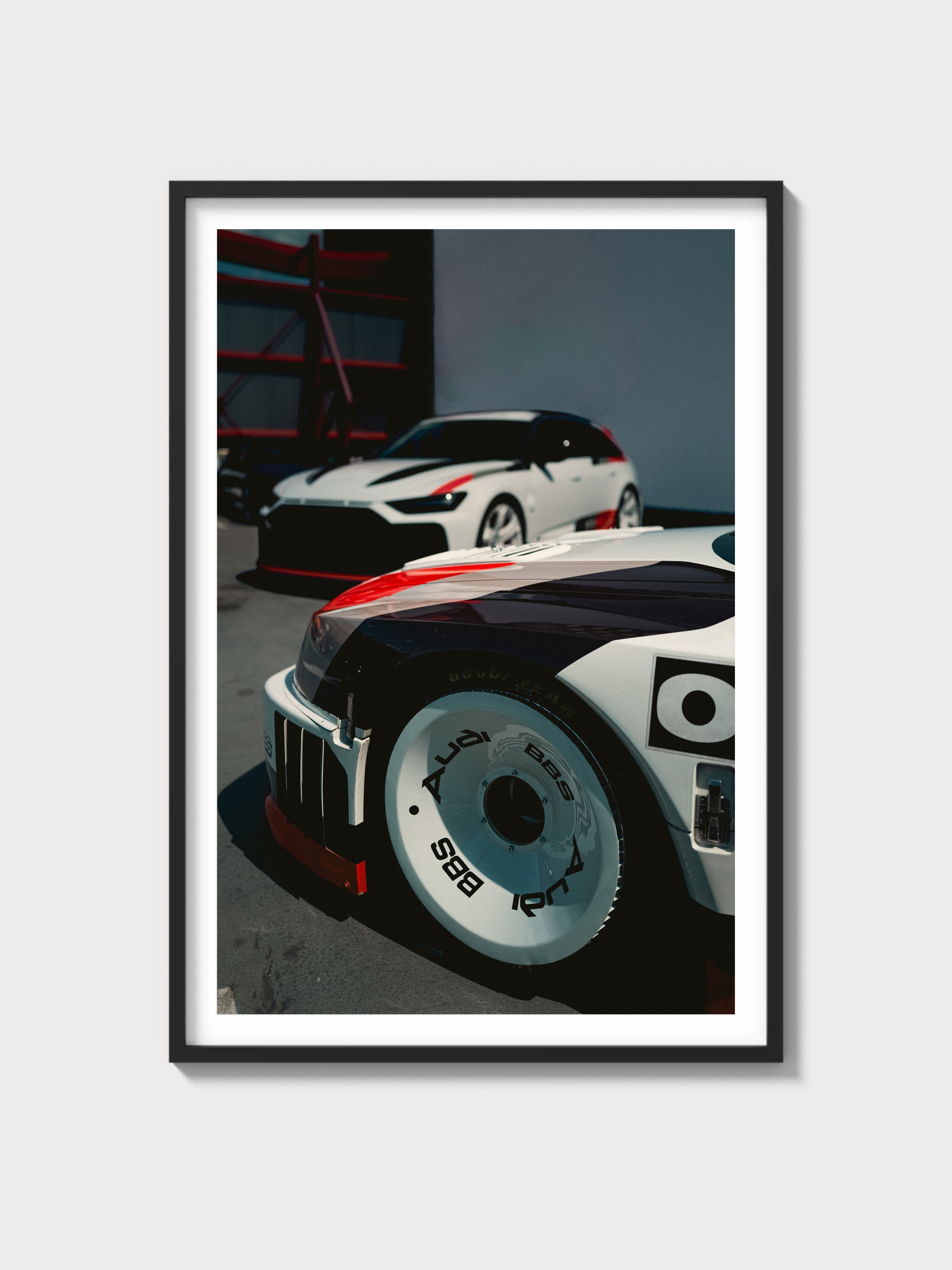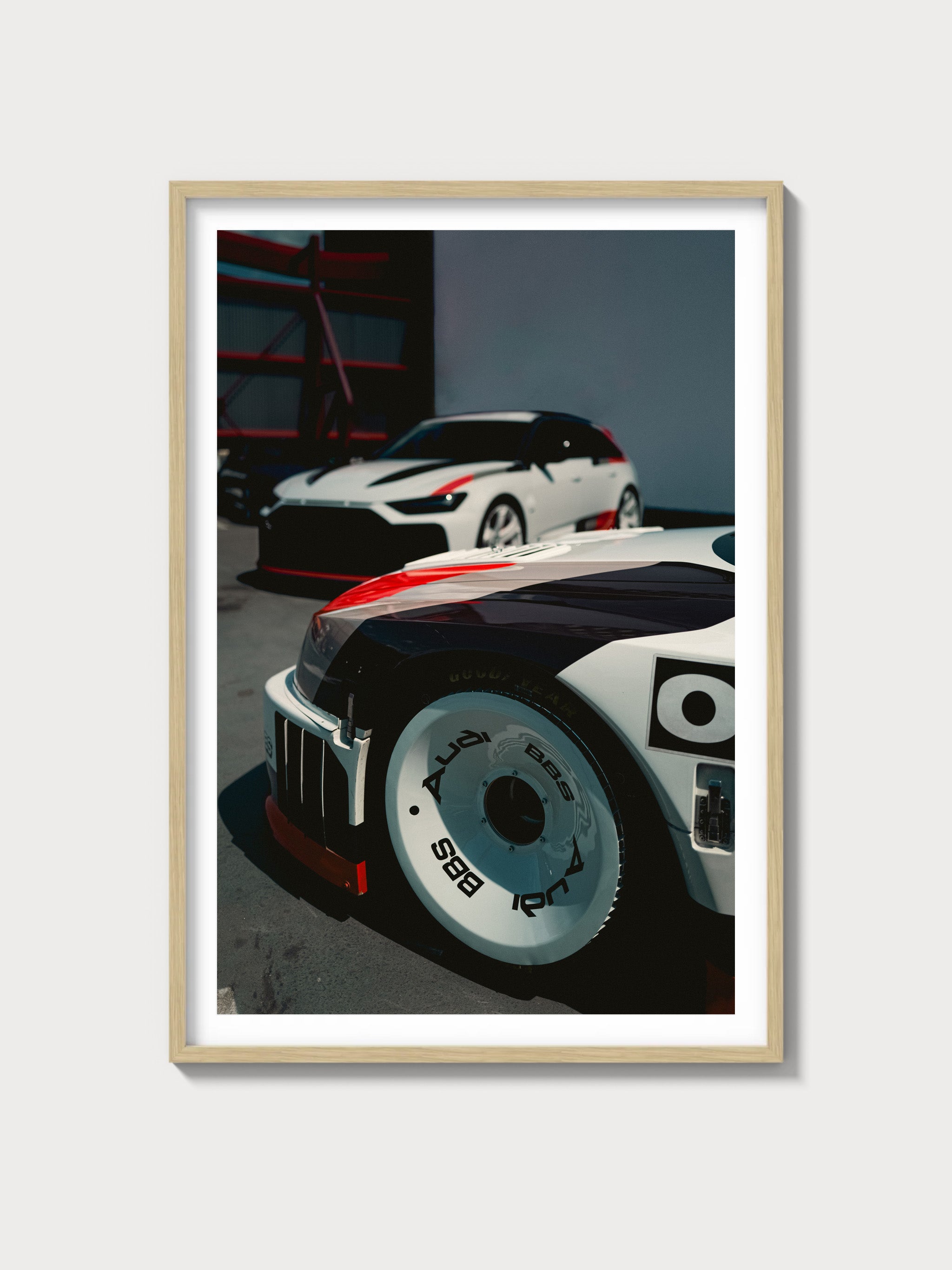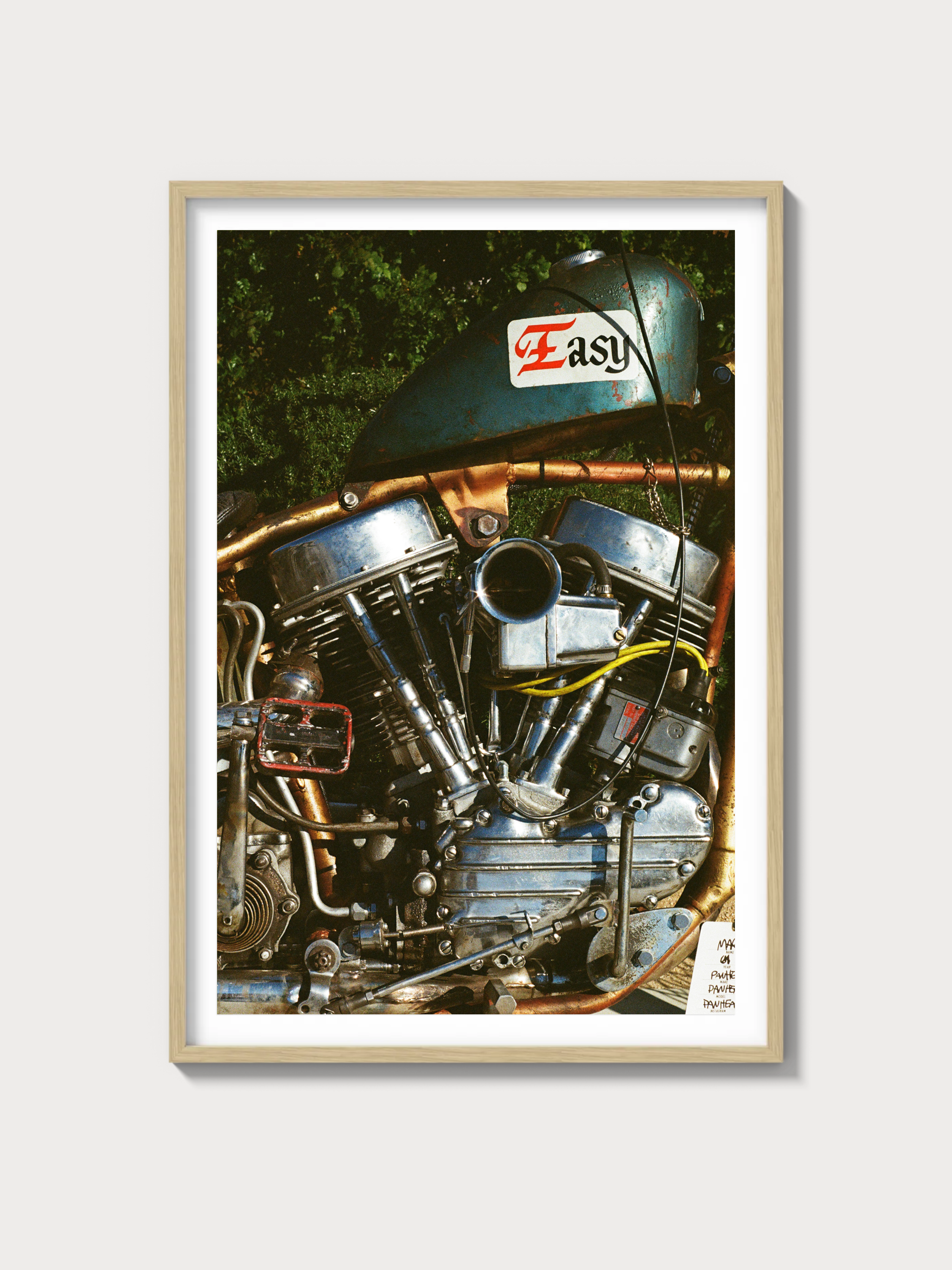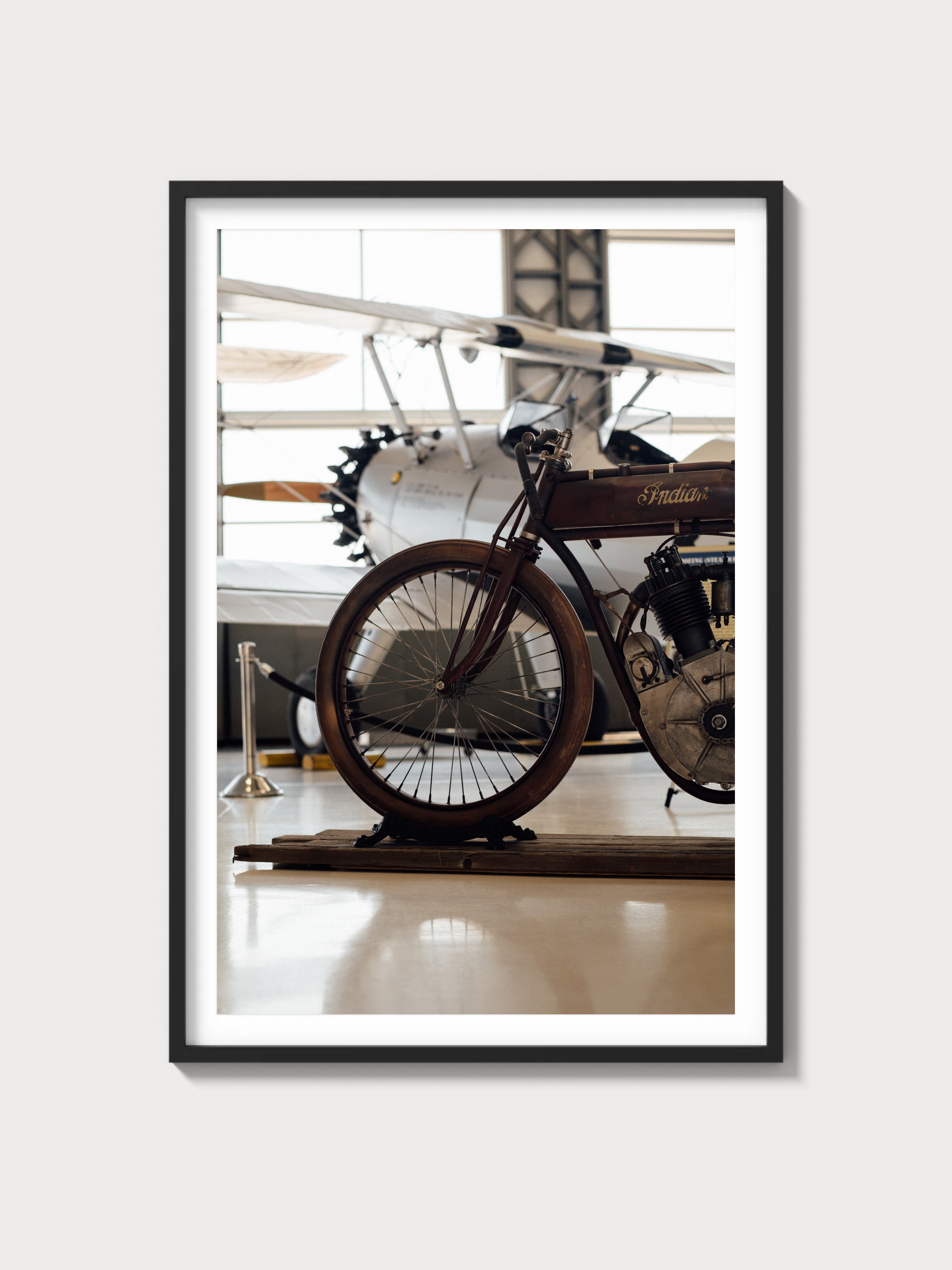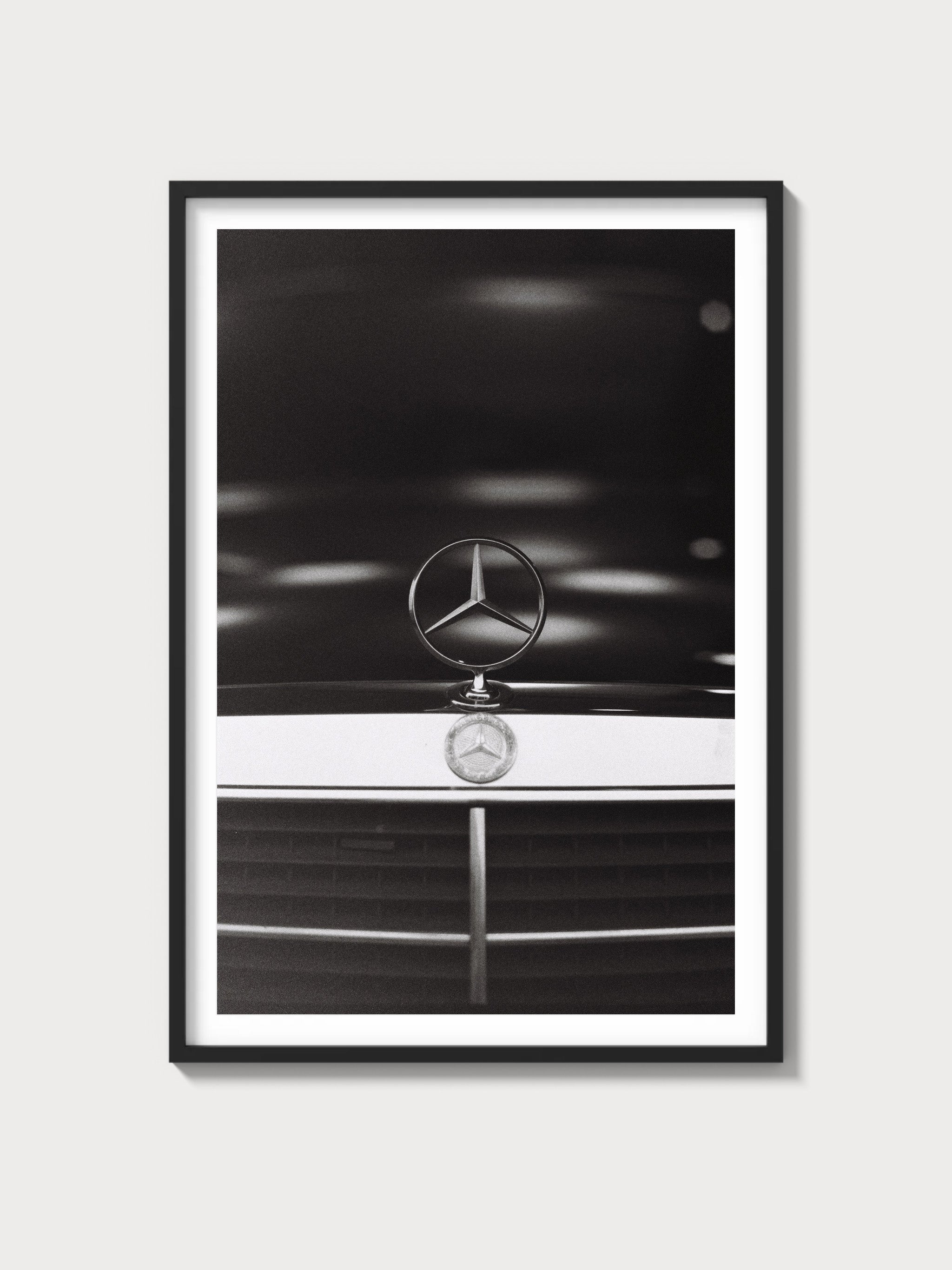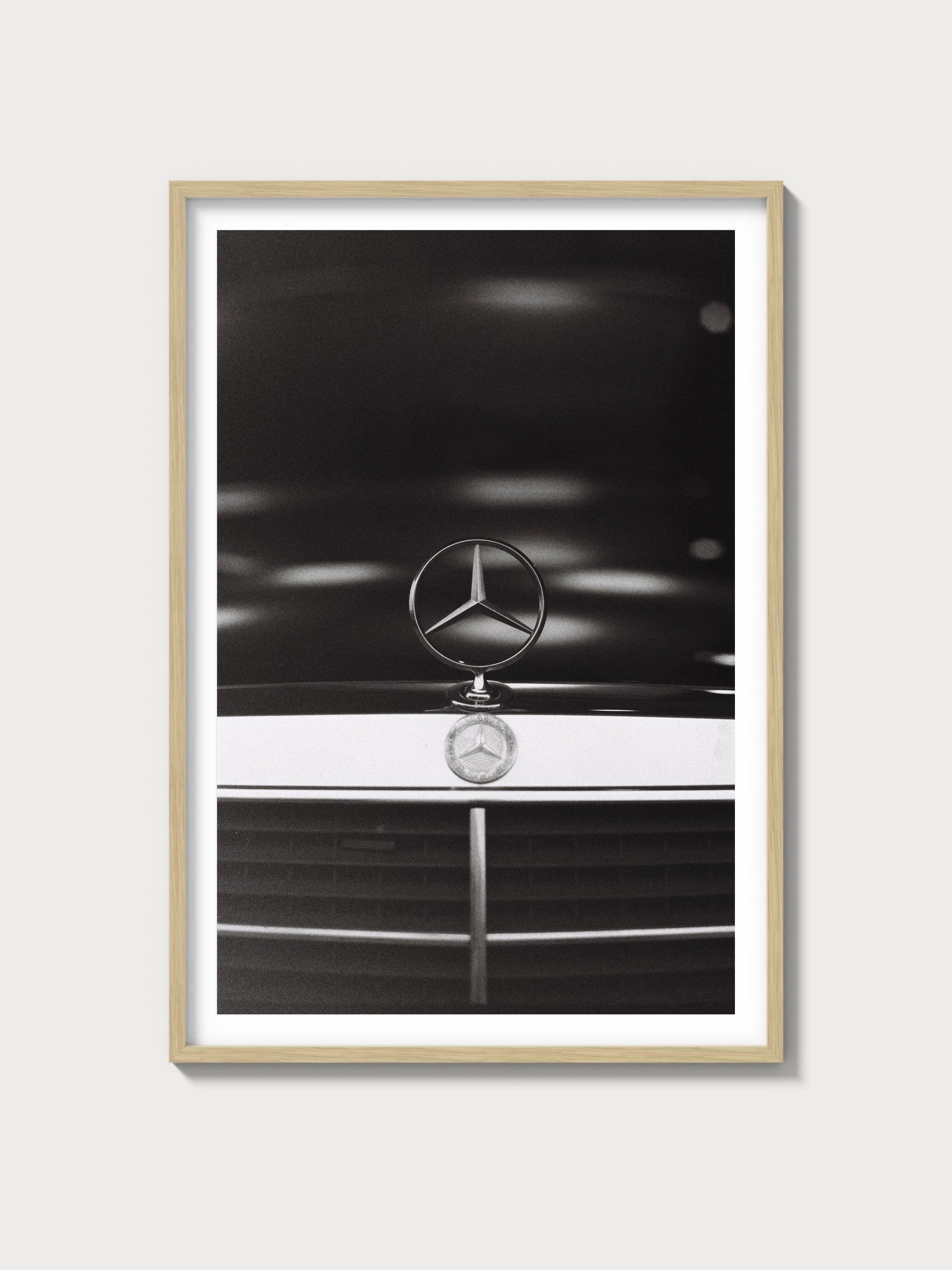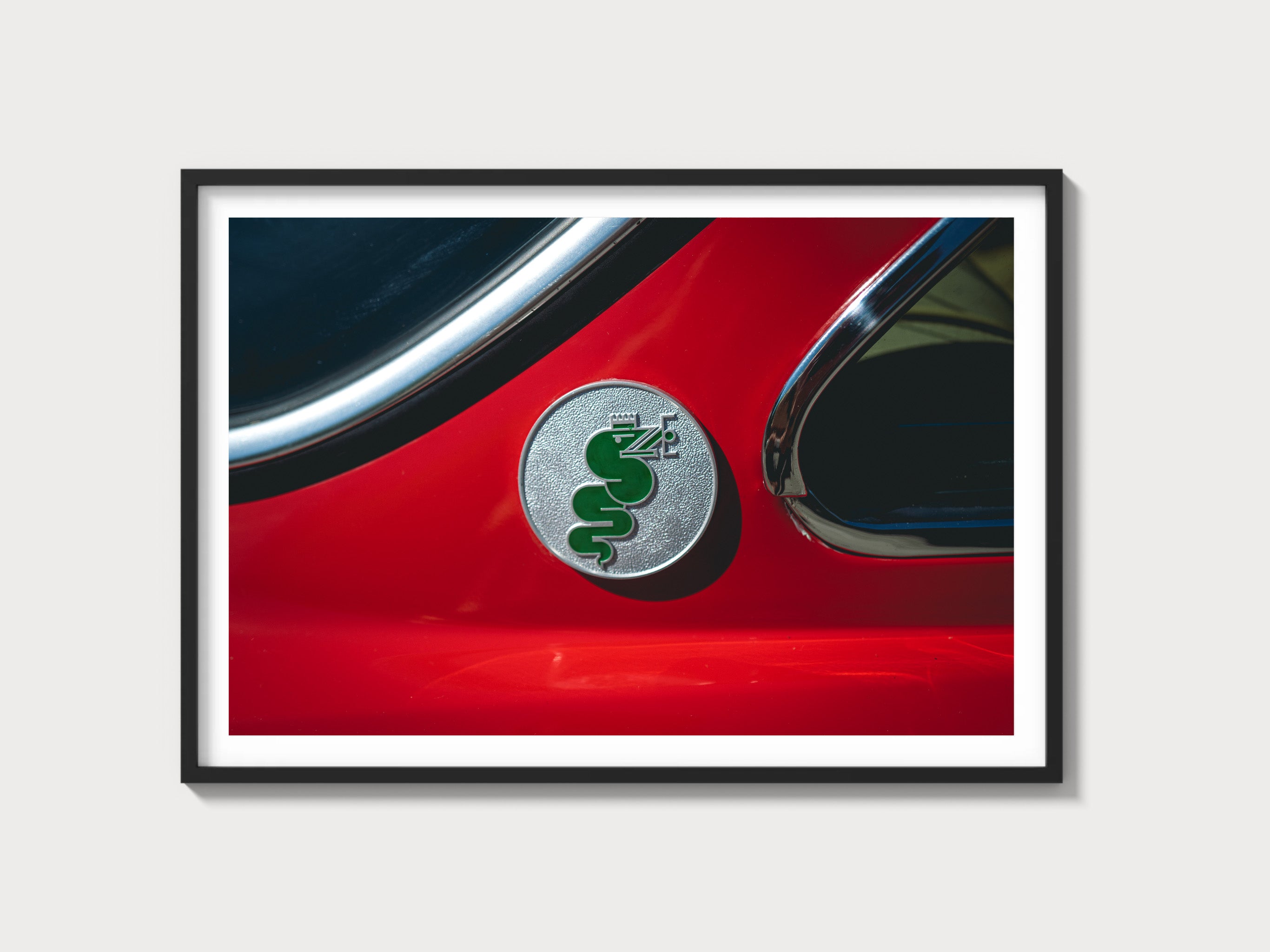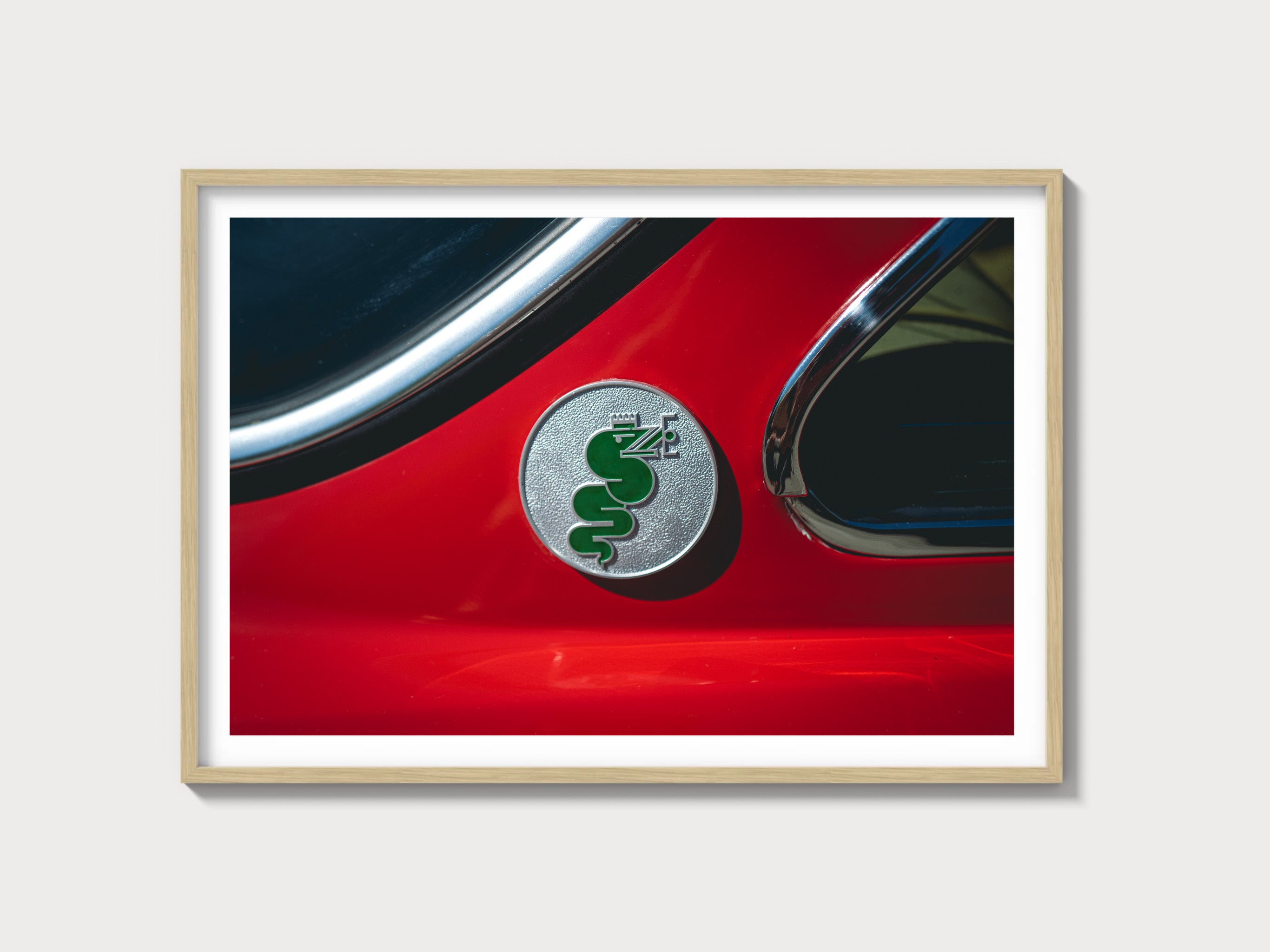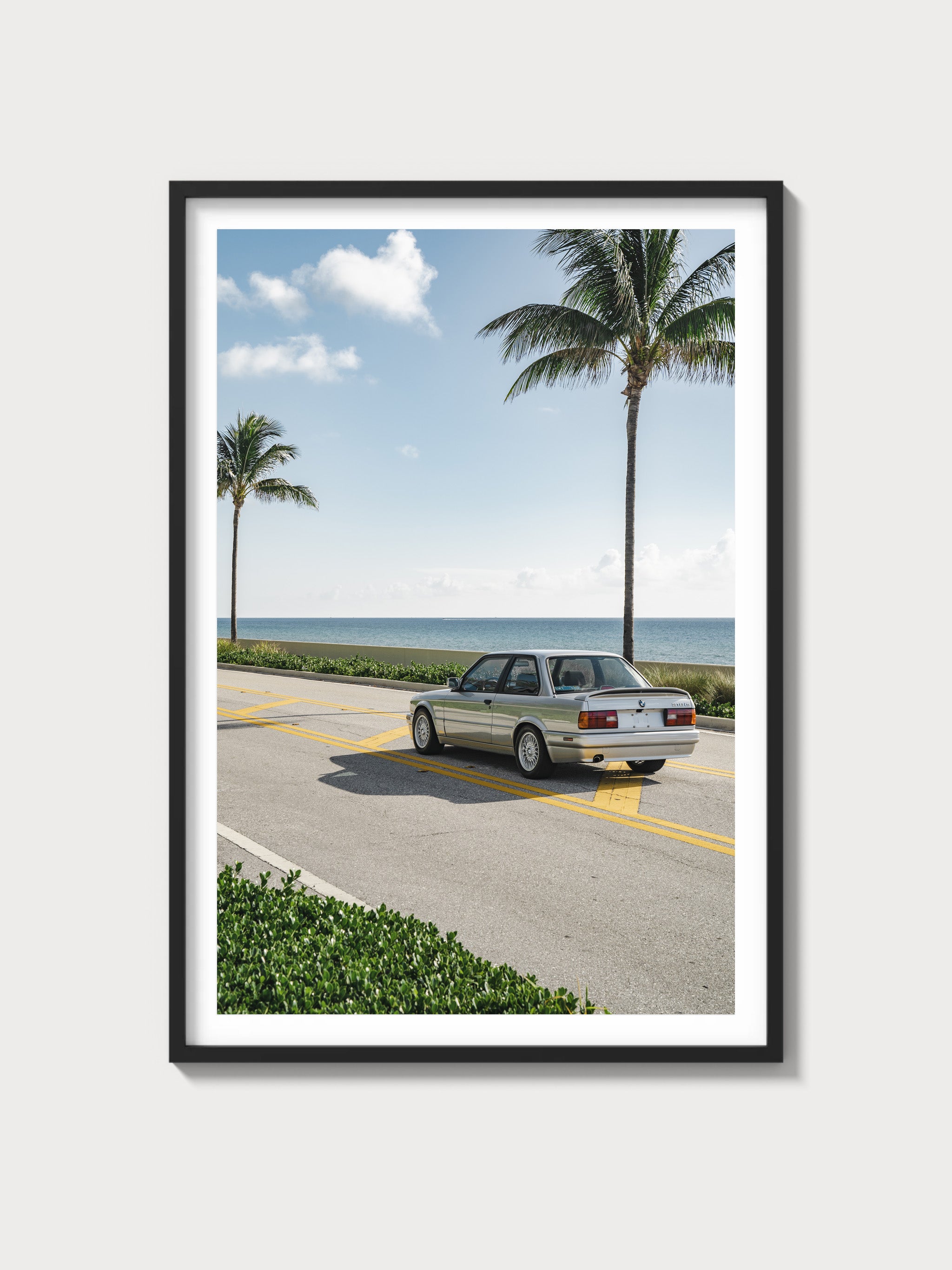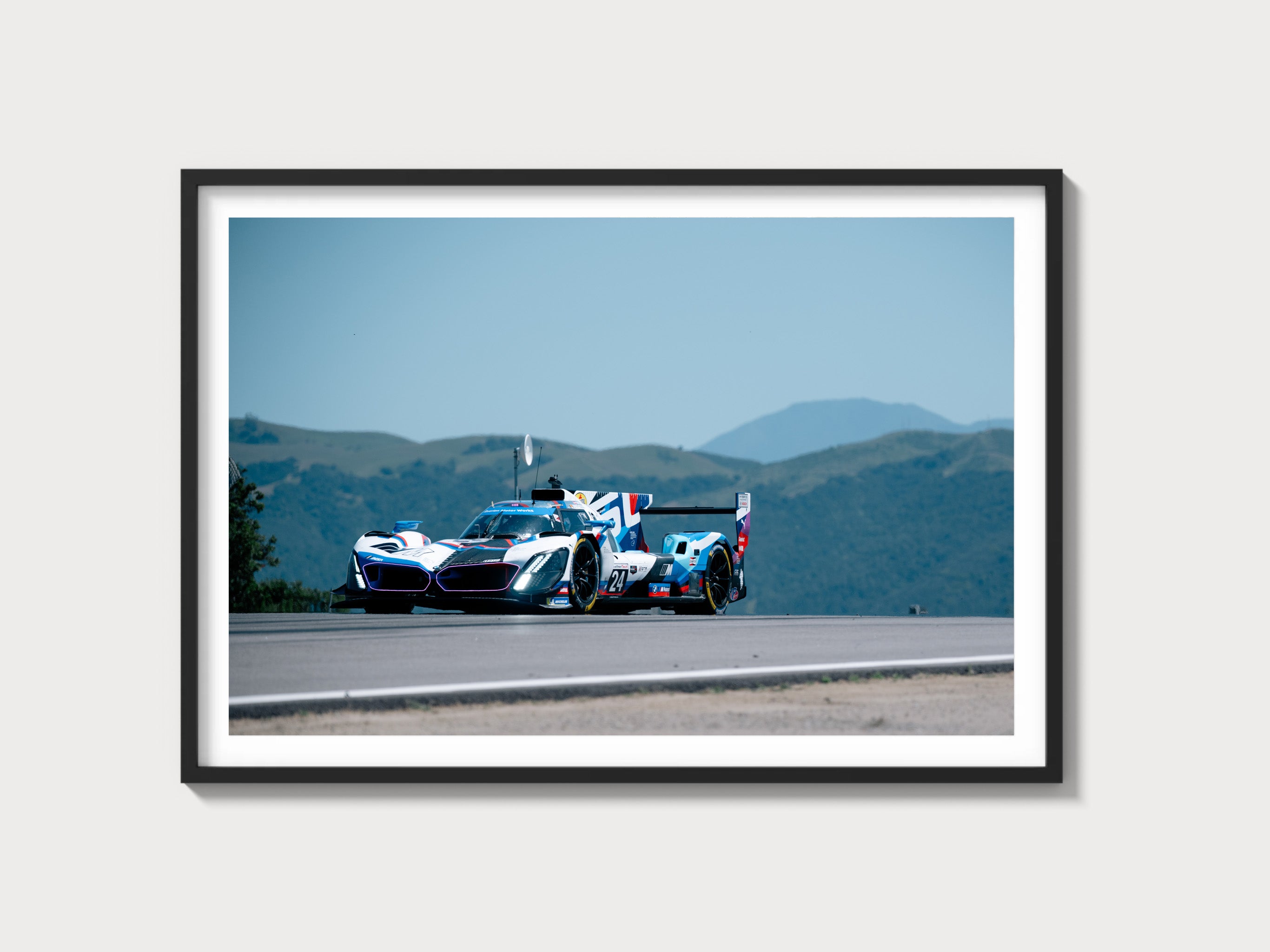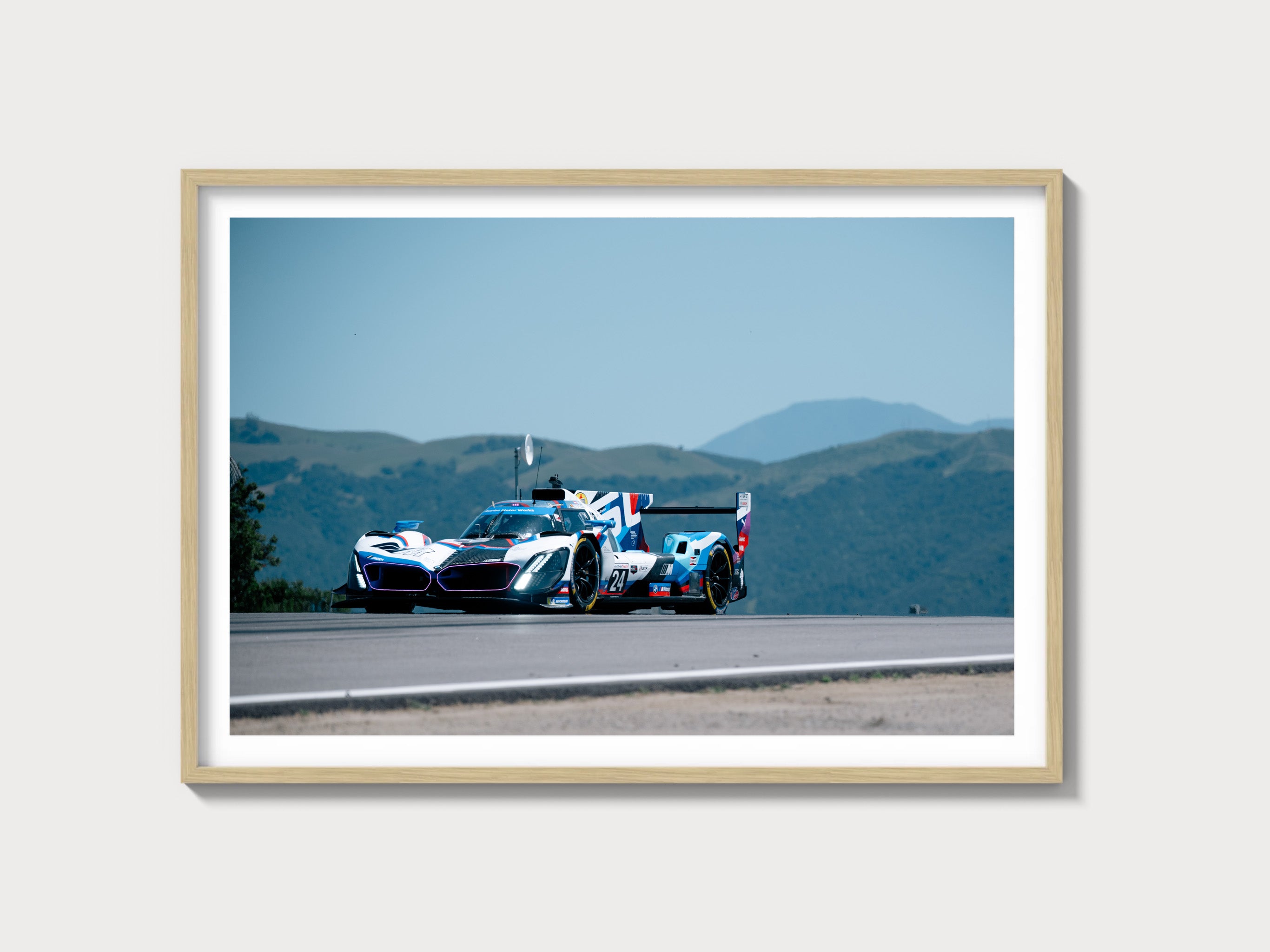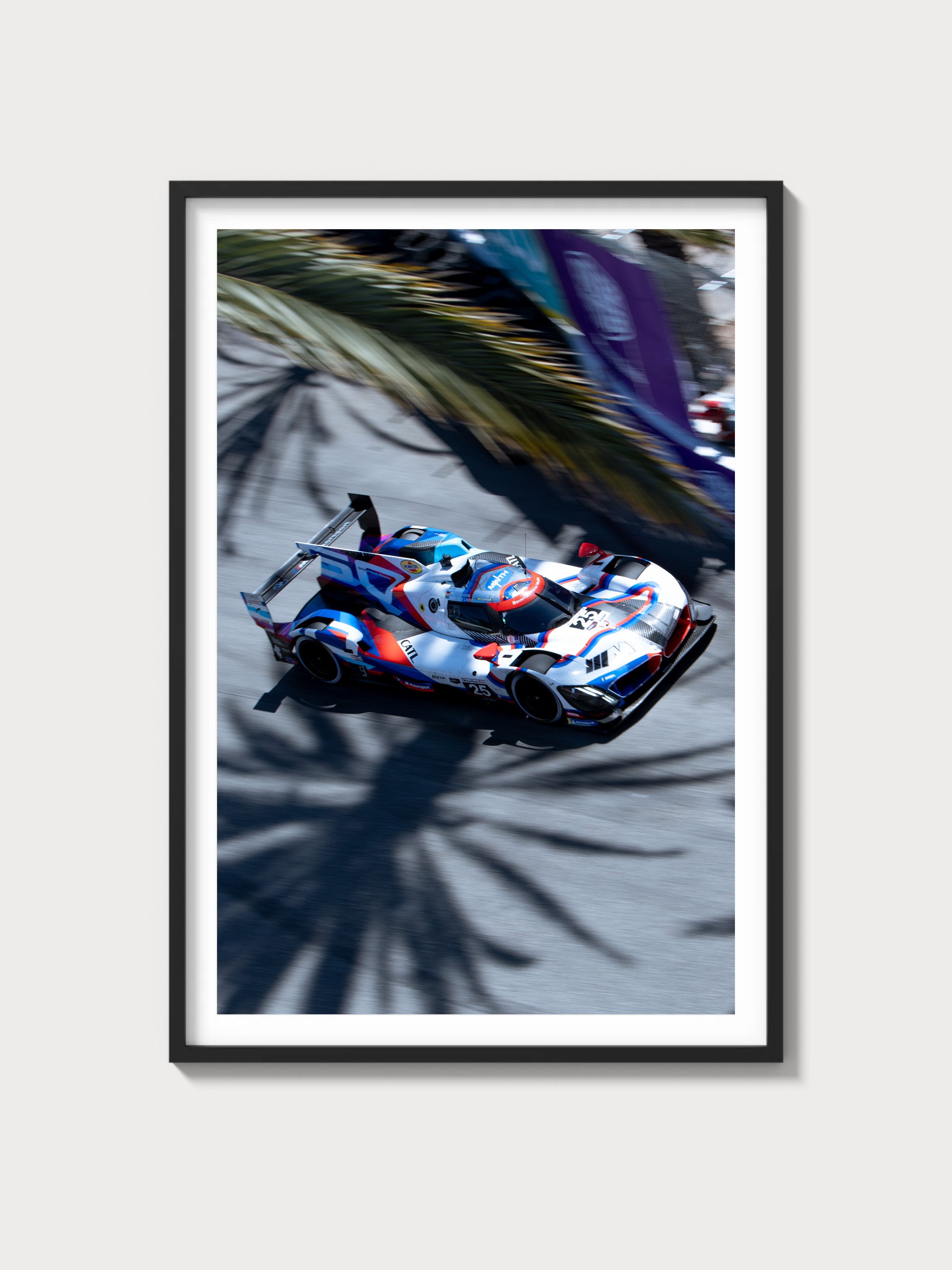Ferrari 250 GT Coupé Pininfarina: The Definitive History, Specs, and Legacy
Introduction: Ferrari’s Elegant Evolution
In the celebrated lineage of Ferrari’s 250 series, the 250 GT Coupé Pininfarina, introduced in 1957, stands as a pivotal achievement—a grand tourer that solidified Pininfarina’s role as Ferrari’s primary design partner while advancing series production. Powered by a 3.0-liter Colombo V12, this model saw 154 units crafted, all by Pininfarina, blending refined aesthetics with robust performance. Succeeding the 250 GT Boano/Ellena, the 250 GT Coupé Pininfarina marked a shift toward standardization, setting the stage for future GT icons like the 250 GT SWB.
The year 1957 was a transformative moment for Ferrari, its racing triumphs—375 MM and California Spyder—fueling road car demand. Unveiled at the 1957 Paris Motor Show, the 250 GT Coupé Pininfarina offered timeless elegance for a growing clientele. This exhaustive history, penned with a Ferrari historian’s precision, explores its technical mastery, its iconic design, its subtle racing ties, and its enduring legacy.
Historical Context: Ferrari’s Production Maturity
The Ferrari 250 GT Coupé Pininfarina arrived during a period of evolution for Maranello. By 1957, Ferrari’s racing pedigree—410 Superamerica’s luxury, 250 Testa Rossa’s promise—had elevated its stature, yet Enzo sought to streamline road car output. The 250 GT Boano/Ellena’s 242-unit run proved Ferrari could scale production, but its reliance on smaller coachbuilders like Boano and Ellena limited efficiency. The 250 GT Coupé Pininfarina, with Pininfarina’s new Grugliasco factory, answered, marking Ferrari’s pivot to a single, trusted design house.
A total of 154 units were built (1957-1960)—all Pininfarina coupes, with minor styling tweaks over time. Chassis 0665GT, the prototype, debuted at Paris in October 1957, its graceful lines signaling Pininfarina’s ascendancy. This was a car for cosmopolitan buyers—European aristocrats, American executives—its volume reflecting Ferrari’s industrial strides amid Italy’s late-1950s boom.
The broader context of 1957 shaped its purpose. Europe’s car market flourished—Mercedes 300 SL, Aston Martin DB Mark III—while America’s appetite for exotics grew. The 250 GT Coupé Pininfarina bridged Ferrari’s bespoke past with a scalable future, its Colombo V12 tying it to the 250 MM.
Technical Specifications: The Colombo V12’s Refined Power
The Ferrari 250 GT Coupé Pininfarina’s essence was its 3.0-liter Colombo V12—a race-derived engine tailored for grand touring. Below, we dissect its engineering with historian’s rigor.
Engine: Colombo’s 3.0-Liter Consistency
Displacing 2,953 cc (bore 73 mm, stroke 58.8 mm), the 250 GT Coupé’s V12 matched the Boano/Ellena and California Spyder’s units. With a single overhead camshaft per bank, an 8.8:1 compression ratio, and triple Weber 36 DCL/3 carburetors, it produced 240 horsepower at 7,000 rpm—consistent with its 250 GT kin. The aluminum block and heads, wet-sump lubrication, and 60-degree V-angle weighed 275 lbs, delivering 180 lb-ft of torque at 5,500 rpm.
This engine was a GT stalwart. Chassis 0791GT, a late-production model, hit 260 hp with high-flow 40 DCL/6 carbs, a nod to racing potential, yet its standard tune prioritized smoothness and reliability, aligning with its touring mission.
Performance: Poised Elegance
The 250 GT Coupé reached 155 mph (250 km/h)—confirmed by Car and Driver’s 1958 test—matching the Boano/Ellena, with a 0-60 mph time of ~7.2 seconds. Its power-to-weight ratio (185 hp/ton) trailed the California Spyder (218 hp/ton) due to its heavier steel body, but it rivaled luxury peers like the Aston Martin DB Mark III.
Chassis and Suspension: Robust Comfort
The chassis was a tubular steel ladder frame, weighing 1,300 kg (2,866 lbs)—heavier than the California Spyder’s 1,100 kg due to its steel construction. Its 2,600 mm wheelbase matched the Boano/Ellena, balancing stability and agility. Front suspension used double wishbones with a transverse leaf spring and Houdaille shocks, while the rear featured a live axle with semi-elliptic leaf springs, tuned for a plush ride over track precision.
Transmission and Brakes: Smooth Delivery
A 4-speed manual gearbox—non-synchronized, with a single-plate clutch—drove the rear wheels, its ratios (1st: 2.90, 4th: 0.94) favoring cruising. Braking relied on 14-inch hydraulic drum brakes (discs optional from 1959), delivering 0.8g deceleration—adequate for a GT, though discs marked Ferrari’s future.
| Specification | Details |
|---|---|
| Engine | 3.0L V12, 240-260 hp @ 7,000 rpm |
| Displacement | 2,953 cc (73 mm x 58.8 mm) |
| Top Speed | ~155 mph (250 km/h) |
| 0-60 mph | ~7.2 seconds |
| Weight | 1,300 kg (2,866 lbs) |
| Transmission | 4-speed manual |
| Suspension (Front) | Double wishbone, transverse leaf springs |
| Suspension (Rear) | Live axle, semi-elliptic leaf springs |
| Brakes | Hydraulic drums, 14-inch (discs optional 1959) |
Design and Styling: Pininfarina’s Timeless Touch
The Ferrari 250 GT Coupé Pininfarina’s aesthetic was a masterpiece of elegance, cementing Pininfarina’s dominance.
Exterior: Classic Refinement
Pininfarina crafted all 154 coupes—chassis 0665GT featured a wide grille, smooth fenders, and a panoramic rear window, finished in Grigio Shell. Early models had triple vents, later evolving to single vents (e.g., 0791GT) by 1959. The 2,600 mm wheelbase lent a poised stance, steel bodies (some aluminum panels) balancing durability and weight.
Interior: Sophisticated Sanctuary
The cabin was a refined retreat: leather seats (tan or black), a wood-rimmed steering wheel, and a dash with Veglia gauges—tachometer (7,500 rpm redline), speedometer, oil pressure. Bespoke touches—0669GT’s walnut trim—elevated it beyond the Boano/Ellena, offering luxury with restraint.
Production and Variants: A Series Staple
The Ferrari 250 GT Coupé Pininfarina’s 154-unit run (1957-1960) was a production milestone—all Pininfarina coupes, with styling tweaks over time. Chassis 0665GT launched the series, while 1491GT closed it, transitioning to the 250 GT 2+2. No racing variants existed—its focus was the road.
Performance and Racing Legacy: A Tourer’s Quiet Strength
The Ferrari 250 GT Coupé Pininfarina racing history is minimal, its grand touring purpose paramount. Chassis 0703GT, tuned to 250 hp, ran the 1958 Coppa Inter-Europa at Monza, placing mid-field among privateers. Its domain was the open road—Autostrada, U.S. highways—where its 155 mph top speed and serene handling excelled.
Ownership and Market Value: A GT Gem
The Ferrari 250 GT Coupé Pininfarina value reflects its elegance and rarity. Early owners included Italian industrialists and U.S. collectors. Today, prices range $500,000-$800,000—chassis 0665GT sold for $725,000 at Bonhams 2020. Restoration costs—V12 rebuilds at $100,000—highlight its appeal.
Cultural Impact: Pininfarina’s Lasting Mark
The 250 GT Coupé Pininfarina solidified Ferrari’s GT lineage, its Colombo V12 and Pininfarina design influencing the 250 GTO. In 1950s lore, it’s the car of refined tours and understated prestige, a testament to Maranello’s golden age.
Comparisons: Ferrari 250 GT Coupé Pininfarina vs Rivals
The Ferrari 250 GT Coupé Pininfarina vs Aston Martin DB Mark III pits 240 hp V12 against 178 hp straight-6—Ferrari led in power, Aston in polish. The Mercedes 300 SL Coupe (215 hp) matched in allure but not versatility.
| Model | Engine | Power | Weight | Top Speed |
|---|---|---|---|---|
| Ferrari 250 GT Coupé Pininfarina | 3.0L V12 | 240-260 hp | 1,300 kg | ~155 mph |
| Aston Martin DB Mark III | 2.9L Straight-6 | 178 hp | 1,360 kg | ~120 mph |
| Mercedes 300 SL Coupe | 3.0L Straight-6 | 215 hp | 1,310 kg | ~163 mph |
Frequently Asked Questions
What was the Ferrari 250 GT Coupé Pininfarina?
A 1957 3.0L V12 grand tourer.
How many were made?
154 units.
What engine powered it?
2,953 cc Colombo V12, 240-260 hp.
Did it race?
Rarely—built for touring.
What’s its value?
$500,000-$800,000.

